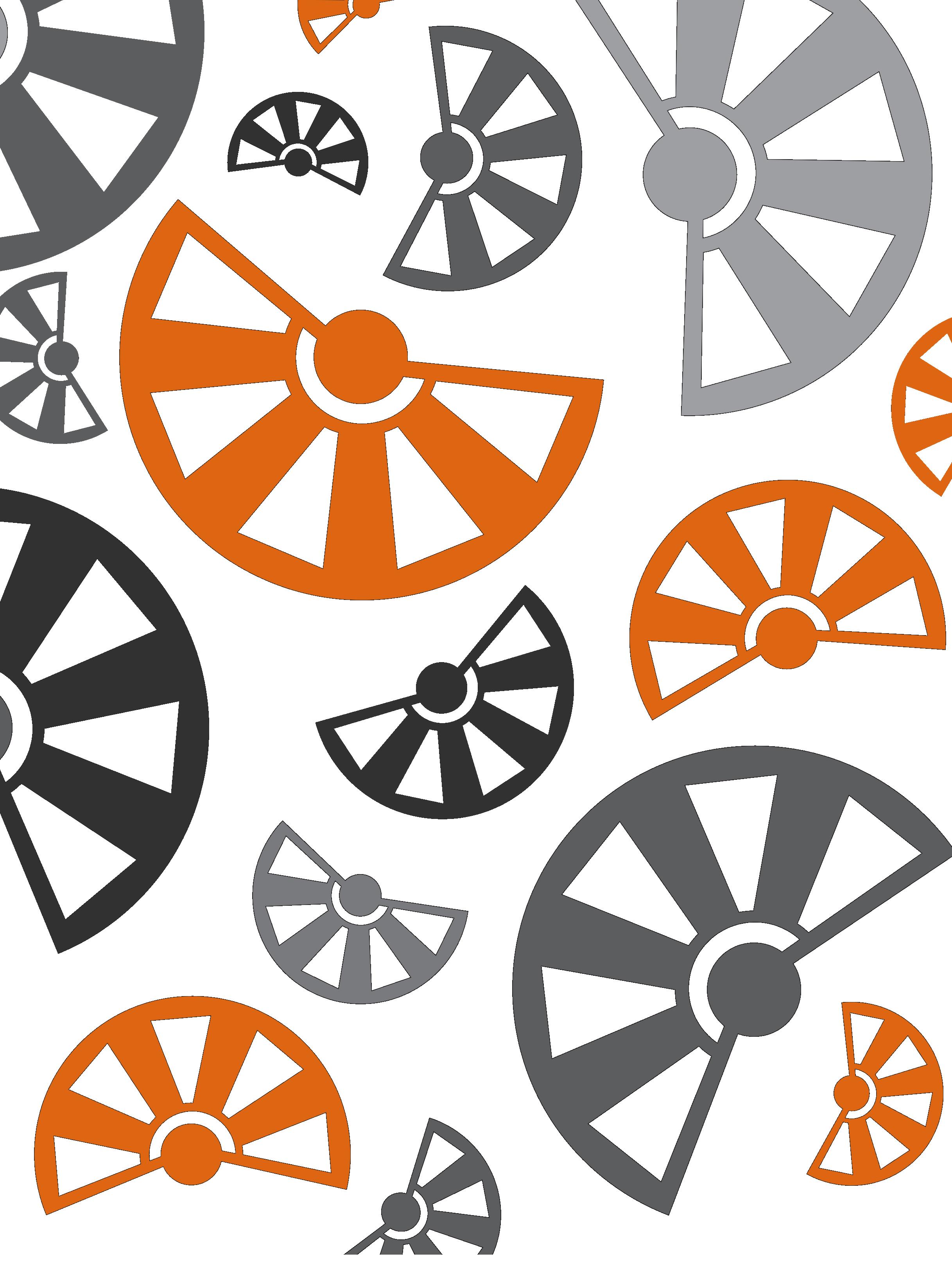

Uncertain Creations
Controlling environments so play can be uncontrolled

Introduction
A play environment is simply a place that children play, this can be anywhere from a curb on the street to a supermarket. When designing for play it is important to consider the surrounding environment of equipment and how it can influence the experience.
After reviewing risk in play, outdoor environments, playgrounds in particular, seem to lack the most creativeness and current development.
Learning that in around 40 years the standard has minimally changed, research shows evidence that there is a need to satisfy two audiences; children and their guardians.
The Study of Playfulness
All children with no exceptions have the right to play as listed by The Unite Nations Convention on the rights of a child.
Playing improves all aspects of a child’s development from social to educational and should be implemented in a child’s daily life.
(Playful Childhoods, 2020)

Play Characteristics

-For reviewing the quality of play activities during observations and research
Personal Control
“What one wants to do, as opposed to what one is obliged to do” (Grey, 2013). This means that the child gets to choose all variables of play including the level of involvement they have, what they do and how they do it. This allows a level of control and responsibility that children don’t have in other areas of their lives. (Larson,2013)
Intrinsic Motivation
Play driven by the satisfaction gained from the experience (Ludicology, 2020), doing something for the enjoyment of the challenge/ process instead of the end result. Iteratively moving to the better outcomes and new questions. (The LEGO Foundation, 2020)
Flexibility and Variability
Rymanowicz (2015) explains that play should be a ‘spontaneous pursuit’ that can be manipulated at the child’s will. The narrative will change throughout frequently making it somewhat unpredictable to all involved.
Pretence
Escaping into a land of imagination with the ability to be whoever they chose and act however they want; this gives a sense of independence and freedom (Larson,2013). Rymanowicz (2015) puts forward that the act of pretence creates the foundation for introspection and societal awareness.
Creation of Uncertainty
Uncertainty in play leads to stimulation of the mind, it helps children learn how to evaluate risks and consequences (Rymanowicz, 2015). Ludicology (2020) explain that the fear of the unknown leads to physical and emotional satisfaction and refer to it as “scary fun”.







Observing Risk in Play
Understanding that any environment can be a play space, from supermarkets and streets to playgrounds and walkways. Observing children’s behaviour and what risks they undertake in general activities will help understand what stimulates children and develop insights on opportunities to incorporate this in play activities.



By not encouraging or providing for risky play, children seem to find other ways to satisfy their demand for uncertainty. These activities tend to be inherently more dangerous because they are uncontrolled. Another key issue is that adults and guardians will then terminate the play because they have concerns for their safety.
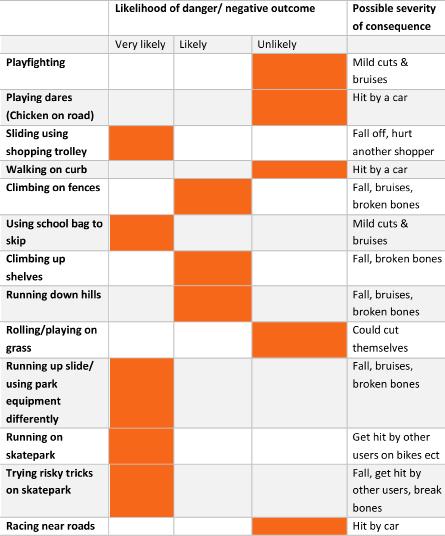
Audit created from primary observational research conducted by myself
Evaluating Observations
Evaluating risks in play helped identify 4 key areas that helps stimulate children, highlighting what makes this type of play different to other characteristics
Creating a sense of Vulnerability
Children feel vulnerable when taking part in risky play, whether that be the danger of falling from a tree or playing chase and catch, this leads to excitement and engagement.
Exploring opportunities and Pushing Boundaries
Uncertainty in play has a risk of physical injury, it tests limits and allows children to learn how to evaluate risks independently. From learning new tricks while skating to climbing to the highest shelf in supermarket, it helps develop skills such as planning and assessment.
Learning how to achieve Mastery
Children learn through trial and error, mastering a process through experience and failure. This should be encouraged with children and celebrated. Mastery play usually helps gain independence and confidence in practical skills.

Giving children a sense of Adult Responsibility
Children like the feeling of receiving trust from the adults around them, this is usually when they are allowed to engage in ‘adult’ activities.
Looking at Parent & Guardians
Observational assessment and evaluation on how guardians react to children engaging in risk outdoors
Strengths
- Encouraged play with the elements (ice, snow, puddles)
- Direction and guidance evident from guardians showing the want to encourage this type of play
- More freedom was allowed in less trafficked environments
- Adults showed admiration for creativity in play
Weaknesses
- Most children disregarded safety advice from guardians
- Guardians became frustrated and lost patience easily
- Although play was encouraged, adult direction set limitations
- Play was often terminated after short periods of time
Opportunity
- Recreating equipment inspired by natural occurrences, for example: uneven ground/ ramped ground to impact of falls is lessened, additional grips along equipment to support in climbing, etc
- Being able to hear the child seemed more important than being in sight
- Distance of play can be extended if play space is secured
Threats
- Guardians may feel uneasy with new ideas due to lack of involvement
- Being unable to hear and see the children could cause stress
- Finding a way to monitor risk without removing it
Observations of Trust
Unexpectedly, a snow day presented itself as a perfect opportunity to evaluate boundaries of trust between parents and their children. Multiple families and neighbours took part in a snowball fight on the street, showing evidence of spontaneity and trust within strangers. Some observations were as follows;
- The parents and guardians encouraged their children to engage with the younger adults (myself and 3 others at 20 years) trusting our ability to safeguard
- The environmental conditions were dangerous, for example icy roads, potential moving cars, darkness but the children were still comfortable and confident to participate
- Mastery was displayed in how close the children would get before throwing snowballs, how far they were able to throw them and how well made the snowballs were
- The parents and guardians encouraged others to engage with their children, expecting that nobody would do anything intentionally harmful
- The children clearly enjoyed being part of adult ‘play’ time, from observation it was the sense of independence and responsibility that was awarded to them. They could play without feeling directly watched and felt no expectation on performance
- Could this be because snow induces nostalgia in adults, therefore they allow for more ‘risky’ behaviour that relates to their own experiences that would otherwise be dismissed?
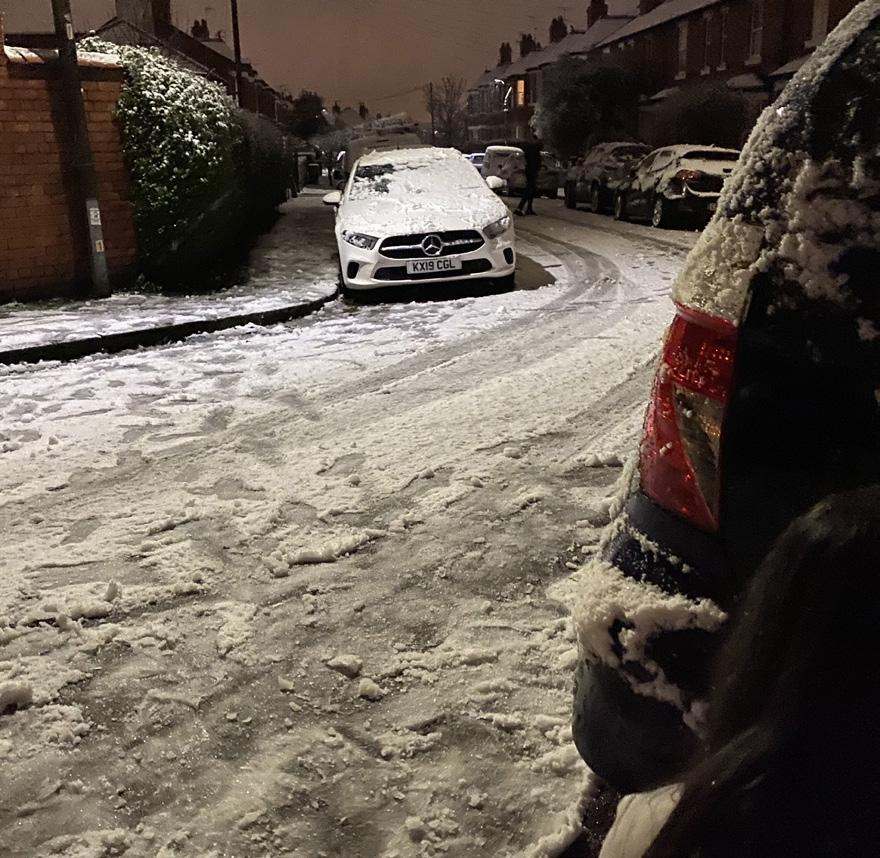
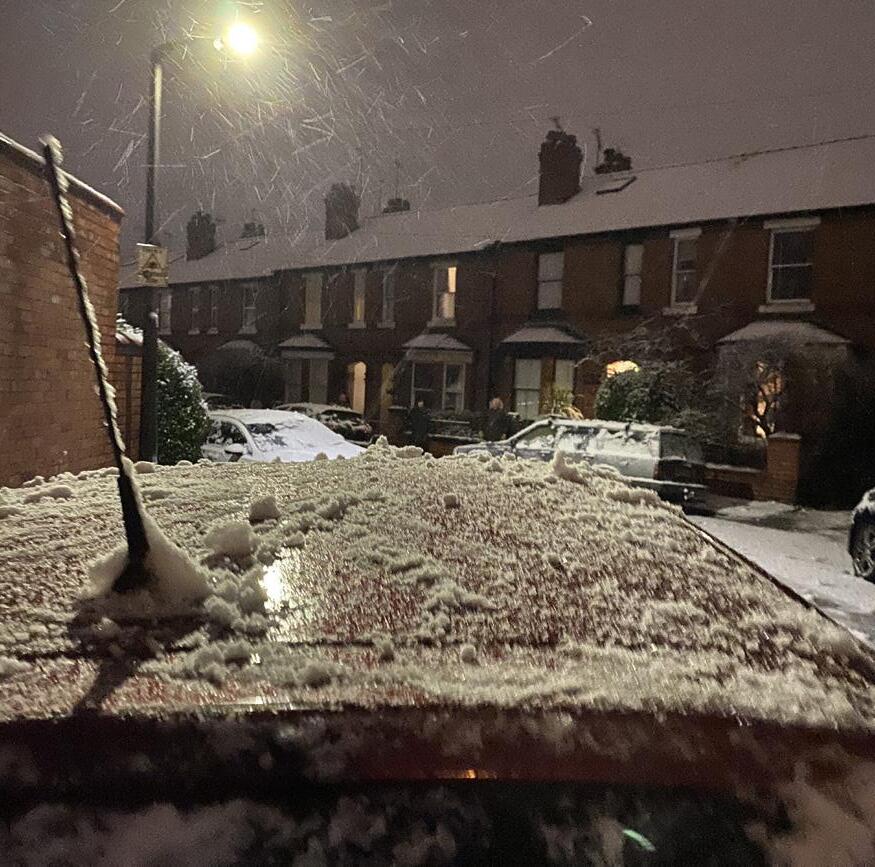
Reviewing Environments
Observations & photographs taken in Cheshire and North Wales, using the environments as guides to make decisions on what could cause potential issues and benefits in both rural and urban settings. Considering where might be best to situate parents and guardians so their line of sight is enhanced when at a distance.
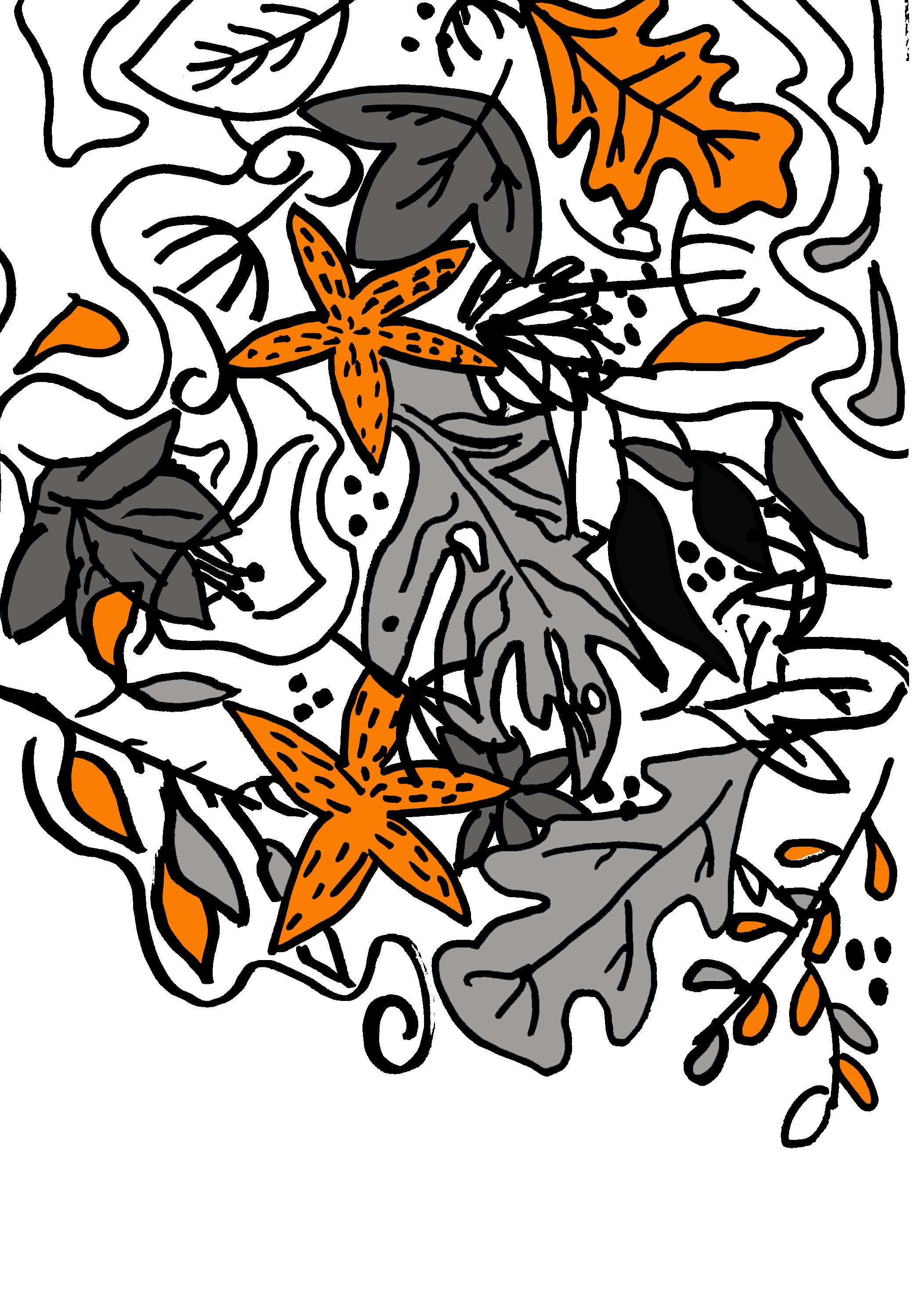
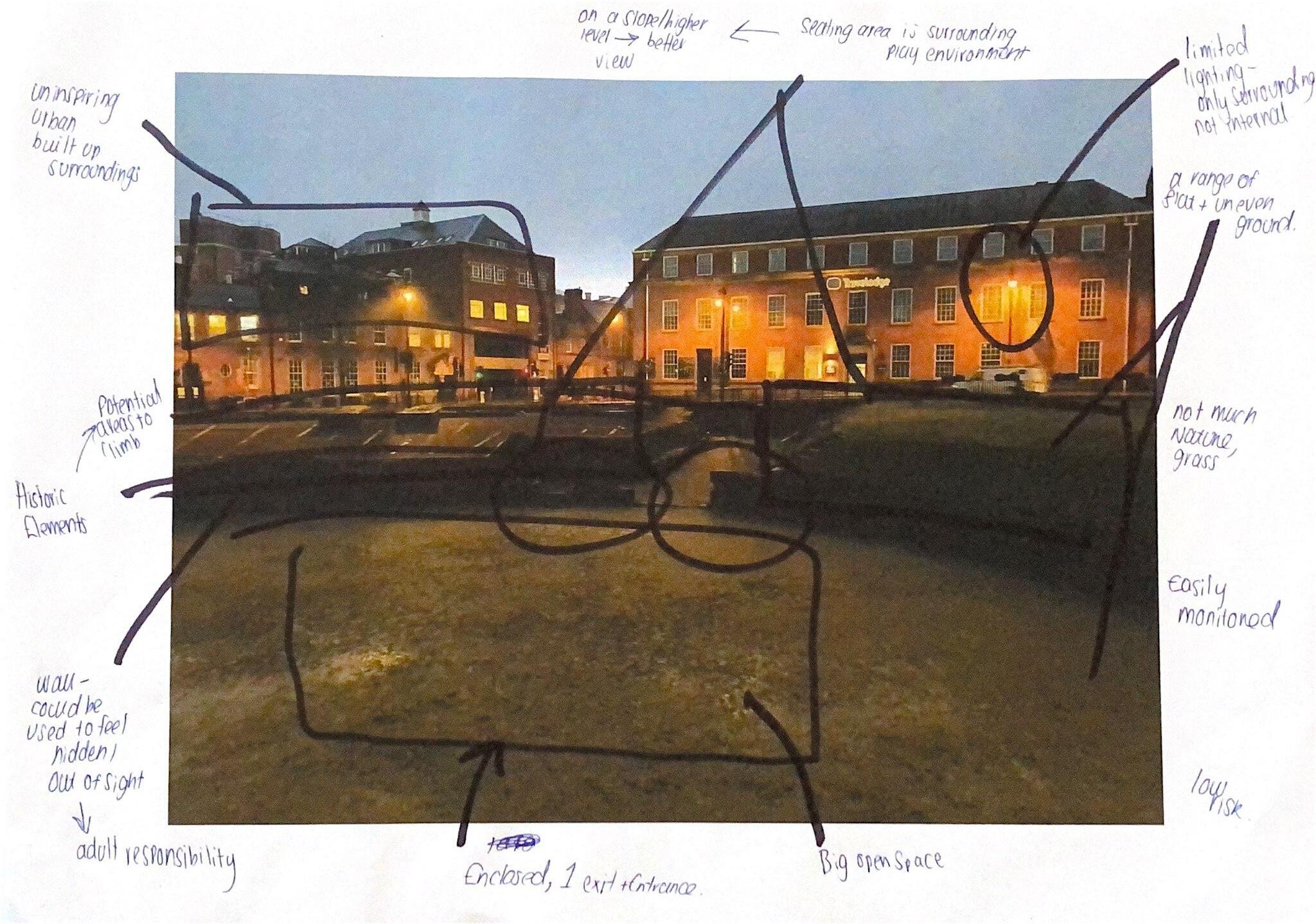

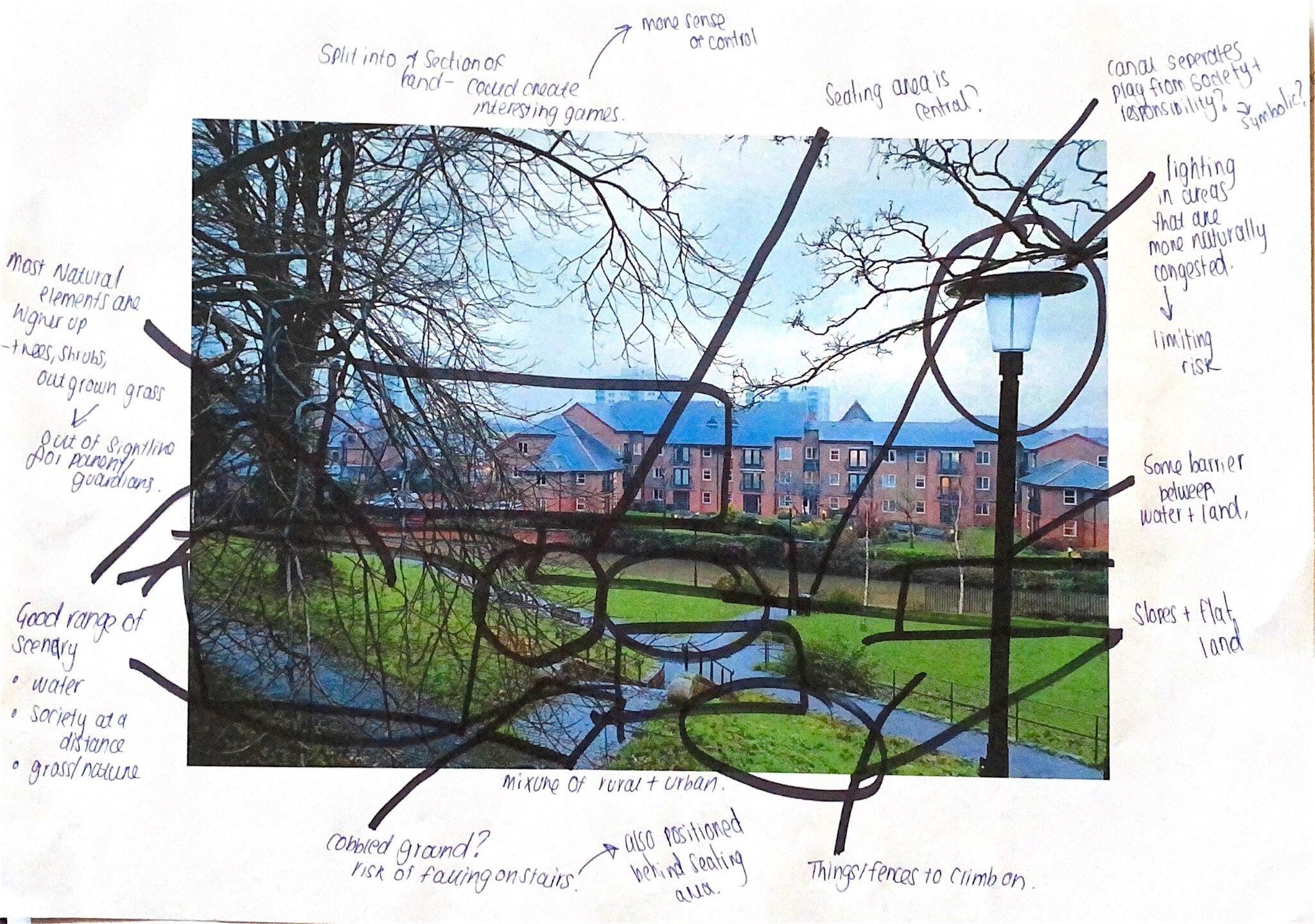

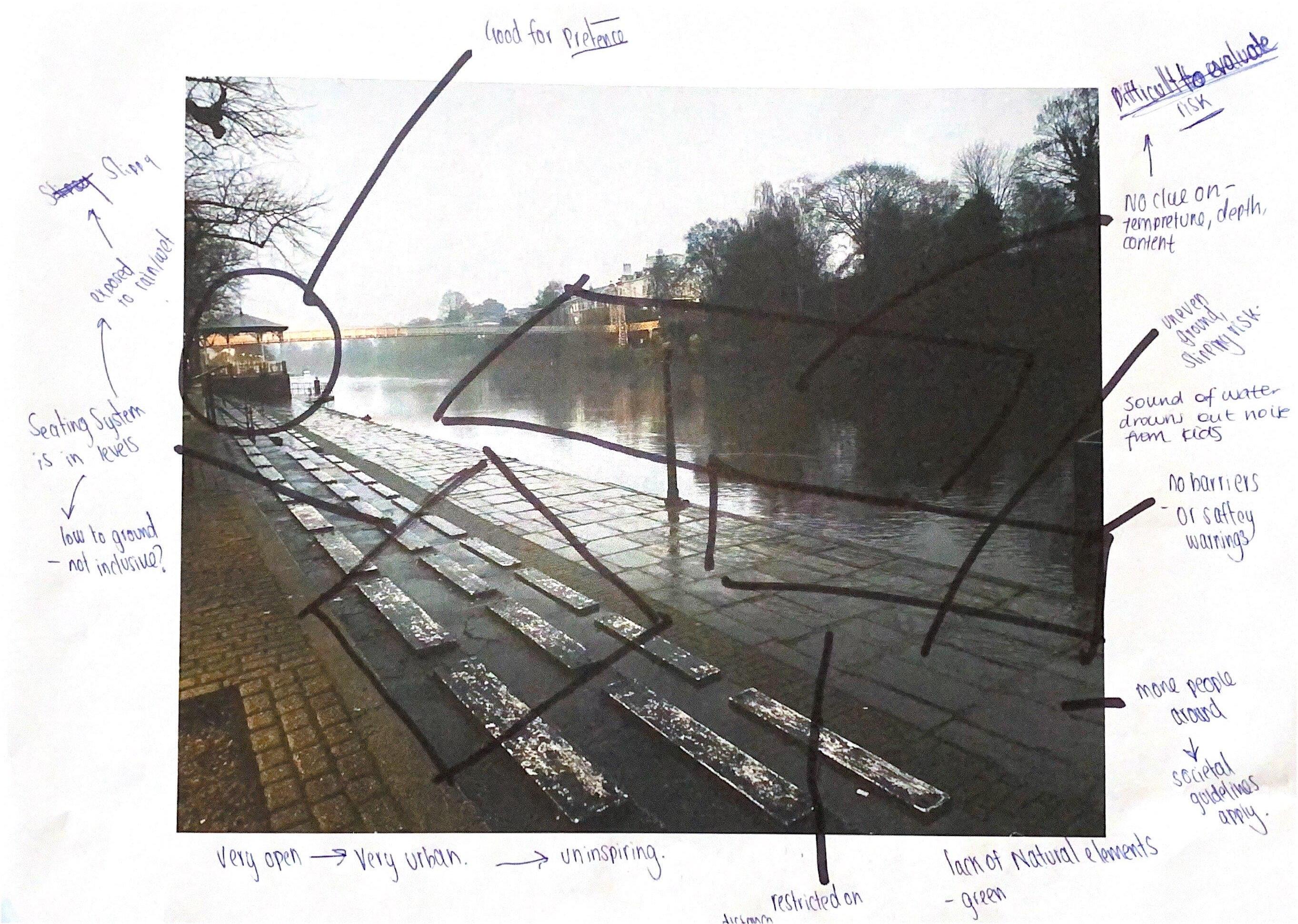


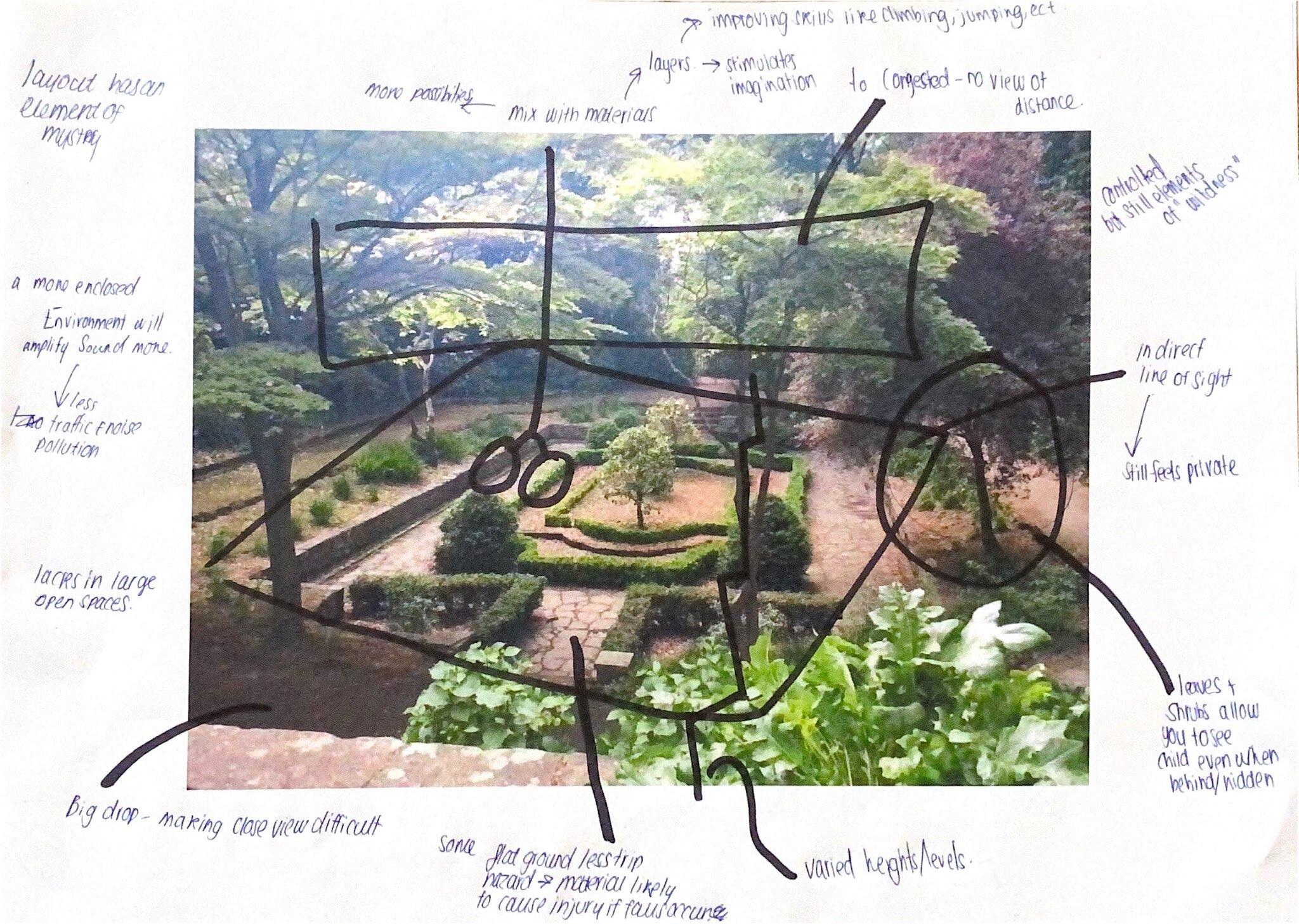

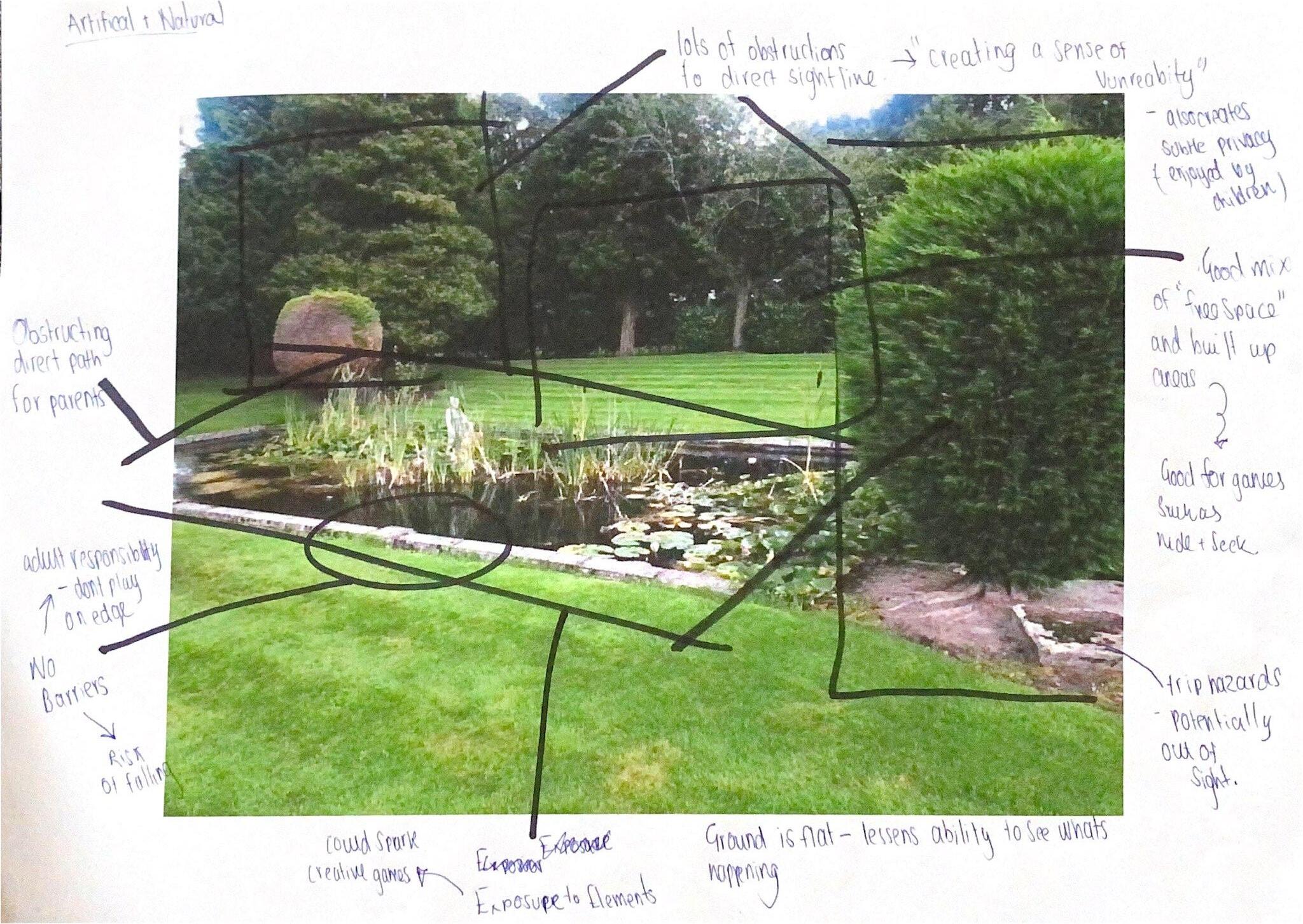
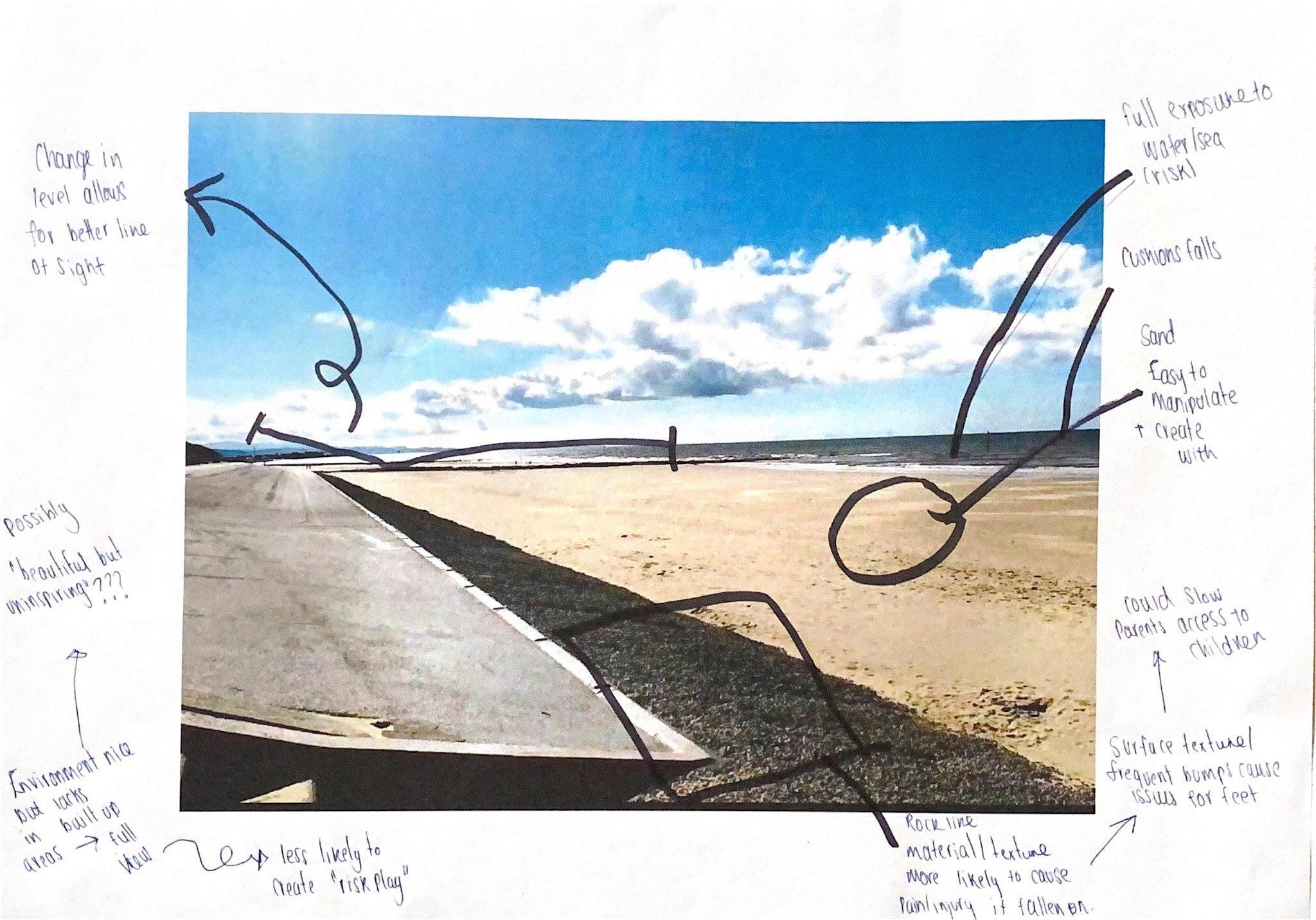
Predicted Risk Heatmap
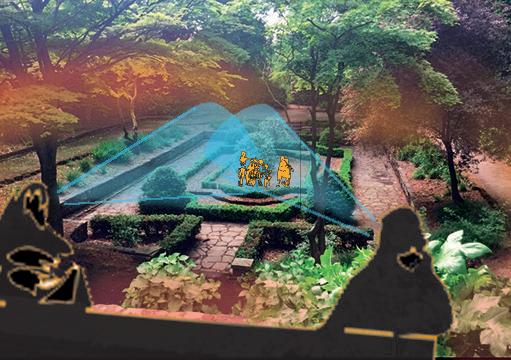
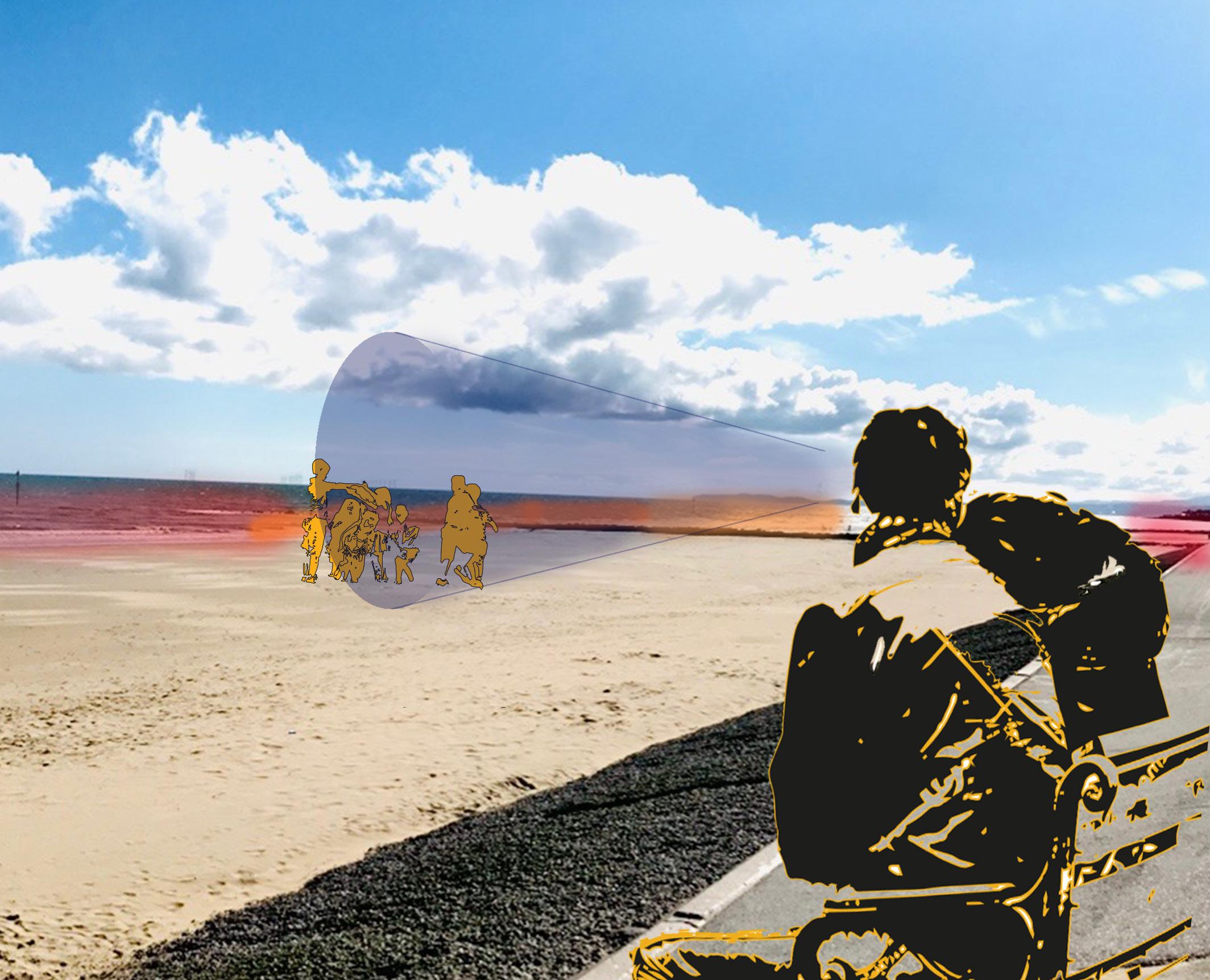


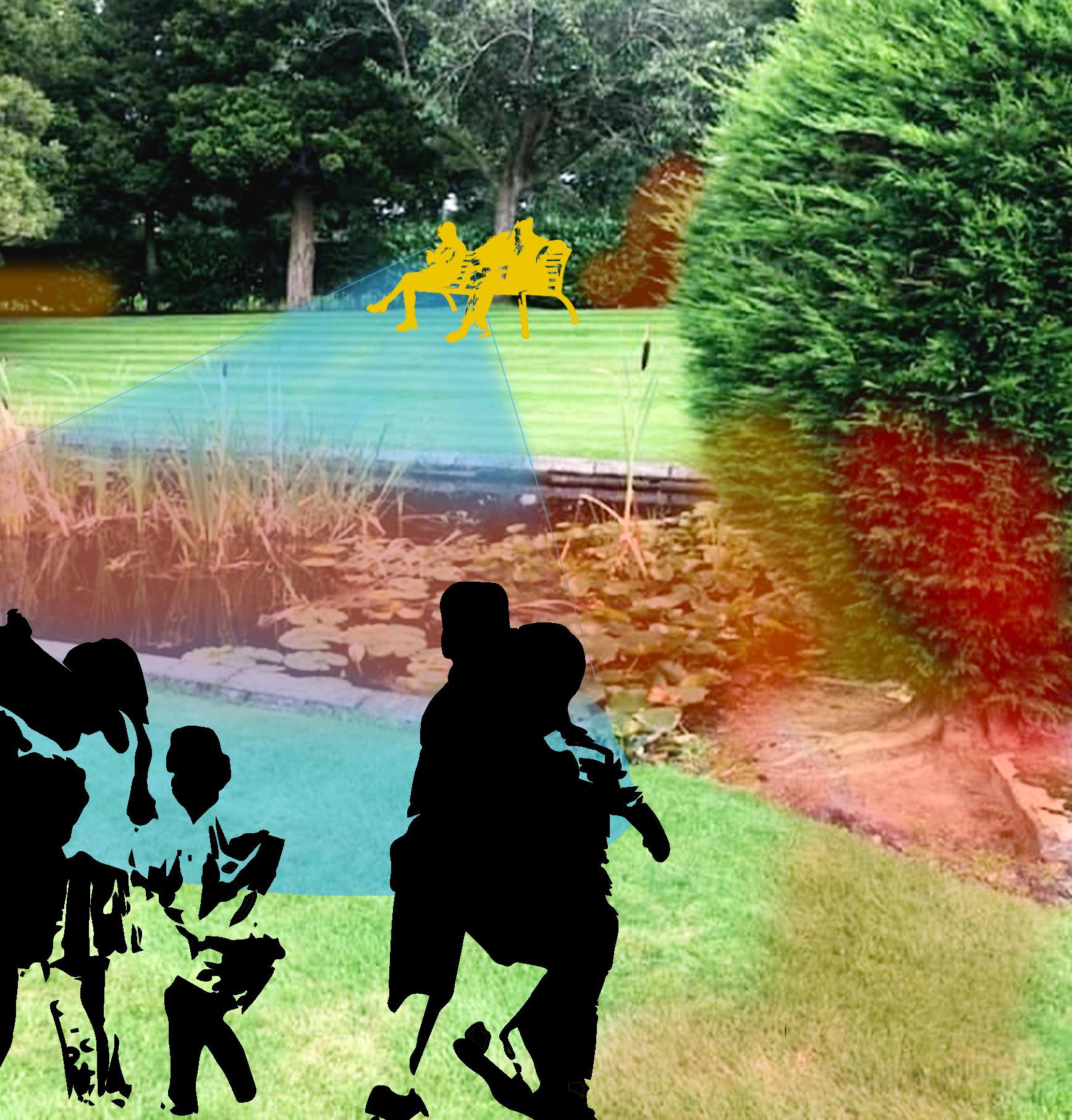
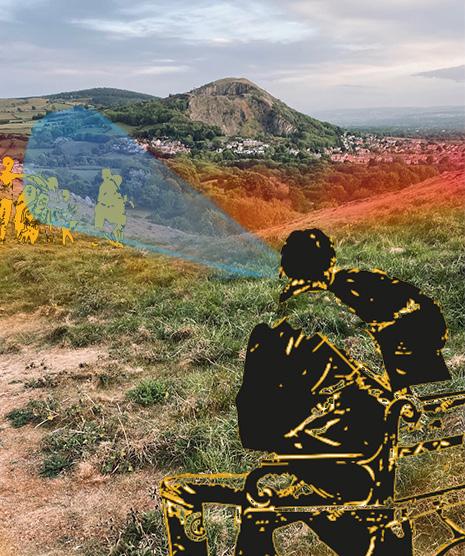
- Moderate Risk
- Intermediate Risk
- High Risk
- Line of Sight
Mapping different areas of risk in a range of environments creates insights and a visual resource to base considerations on, using the colour code seen above to grade the severity. Inputting vectors of people adds a more realistic perspective on the parent’s point of view, assessing how far boundaries could be pushed while understanding their concerns of the children’s safety.
Summary of Environments
Analysing environments based on prior research and asking for input from others, including some parents, there was some key points highlighted, including:
- Large amounts of well kept, open space creates a less inspiring environment. It is assumable considering all previous research that this would influence and structure play, limiting the possibility of taking risk.
- Both urban and rural had obvious differences in terms of play environments, a balance between the two appears more favourable offering more control by having the ability to monitor the amount of risk.
- Having open water creates a good atmosphere, adding elements of vulnerability and adult responsibility. However, heavy water flow masks other noises which would make it difficult to hear children when out of sight.
- Having obstructions that prevent a direct route between a child and its guardian would be too much of a risk from an adult’s perspective.
- Sitting on a higher level gave the best line of sight, it also allows a sense of independence. However, sitting on the outside of the play space rather than central was preferable.
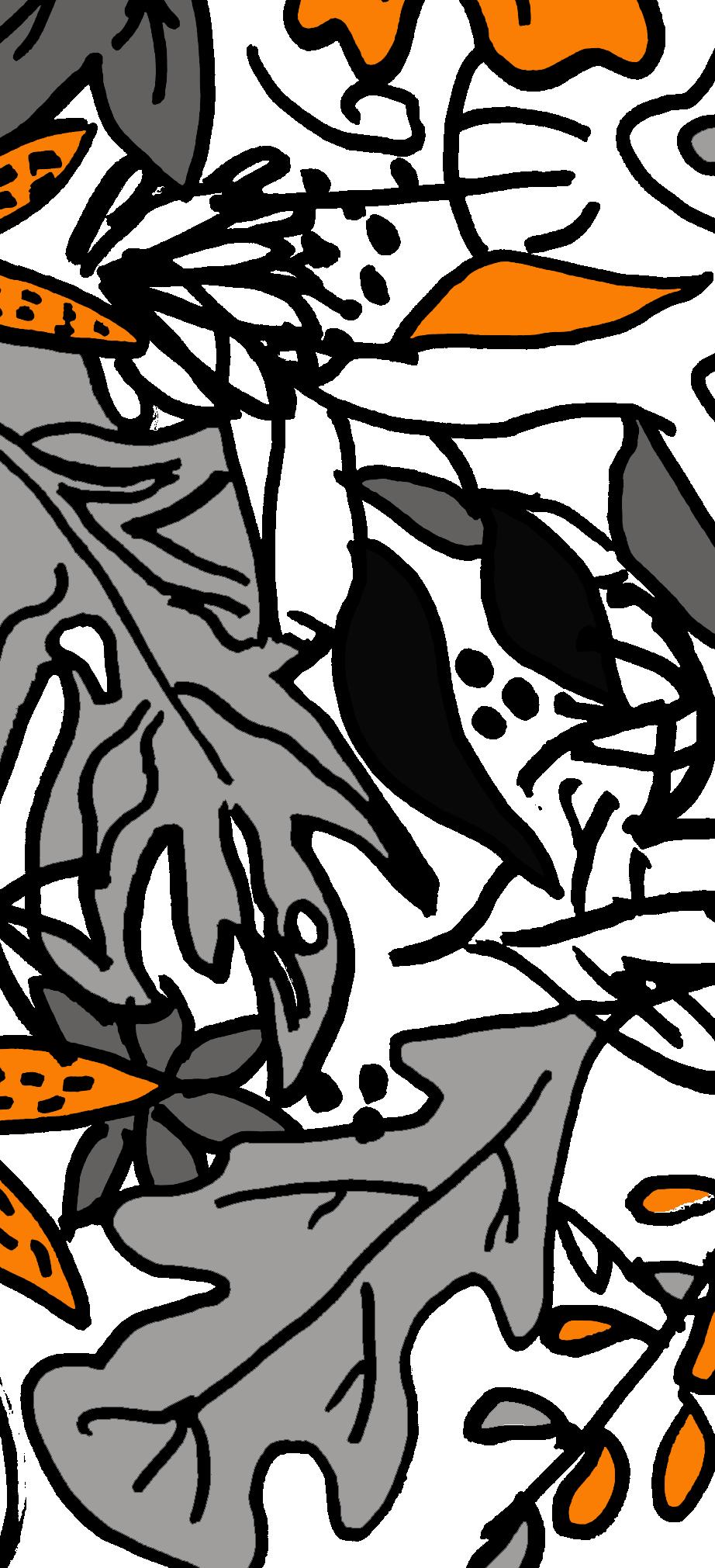


Reviewing Amplified Sound
Photographic evidence of sound experiments, exploring the possibilities of amplifying sound through layout and architecture, while also considering the materials that may help increase the amplification of noise. Helping to ensure that when children cannot be seen, they can be heard.



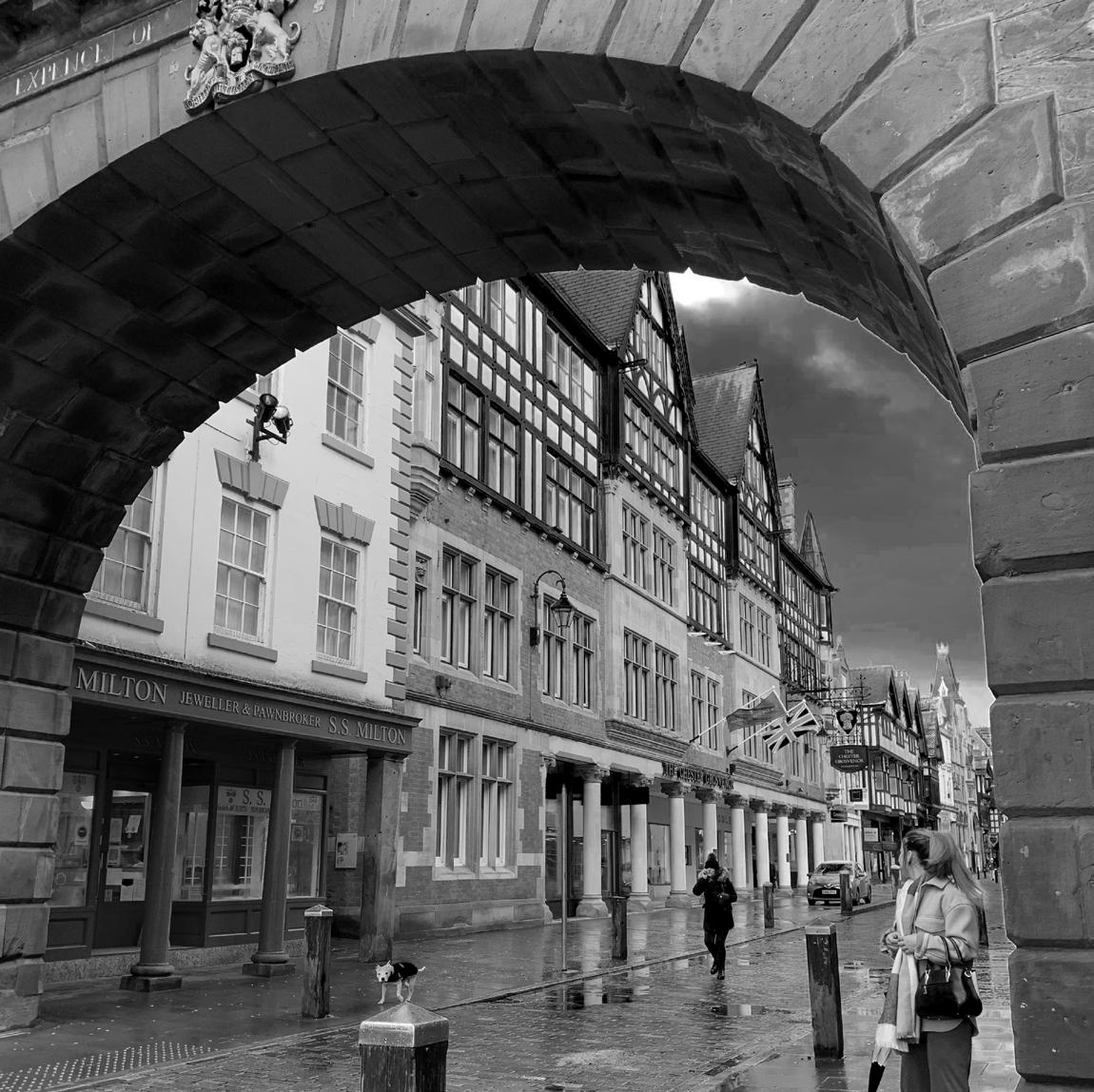
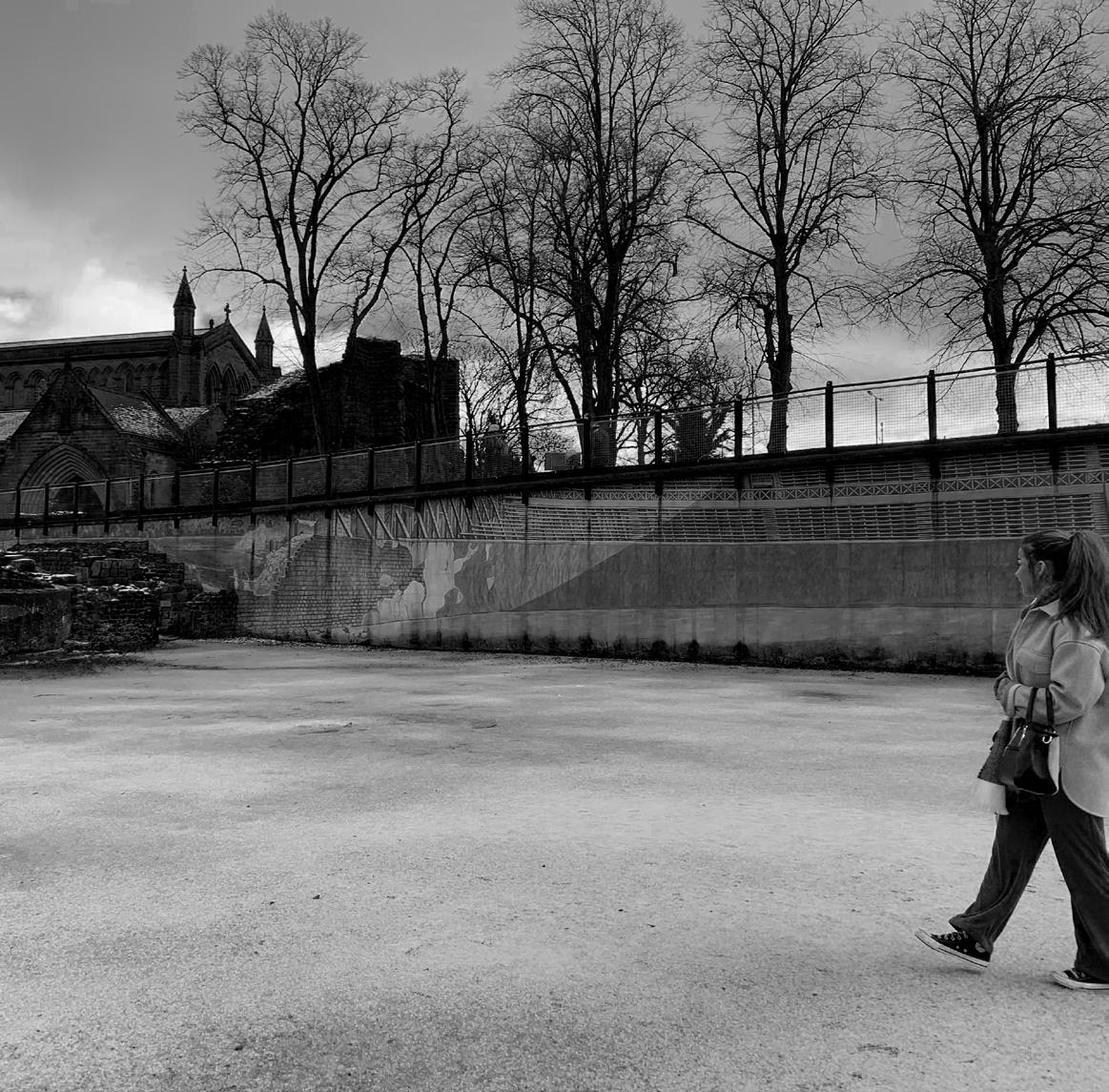

Reviewing Amplified Sound
- The larger archway amplified the sound much more than the smaller but provided less shelter
- Inspiration for creating breaks between areas, offering an open ‘entrance’ creating a visual boundary between children and their guardians
- Noticing that the size of the arch increased sound travel, therefore if the arch was smaller in height but larger in depth then the sound be amplified equally?
- The large open space within the arch provides a clear view giving guardians clarity of their child’s whereabouts
- The Amphitheatre was particularly interesting, the sound was very clearly amplified without distortion of the voice, this is without creating an enclosed environment
- Sound travels in a cone like shape extending upward, this is helpful when considering the environmental requirements previously discovered, including different levels of height and distance
- The theatre features multiple materials including grass and shrubbery meaning it is possible to amplify without using reflective materials.
- Children enjoy hiding and making den like spaces, this historic bath design create a perfect space for these types of activities
- The sound amplified through the lower spaces of design, meaning that even if out of sight children could be heard
- The materials again are cold and less inviting but could be improved with the influence of nature and soft surface ground
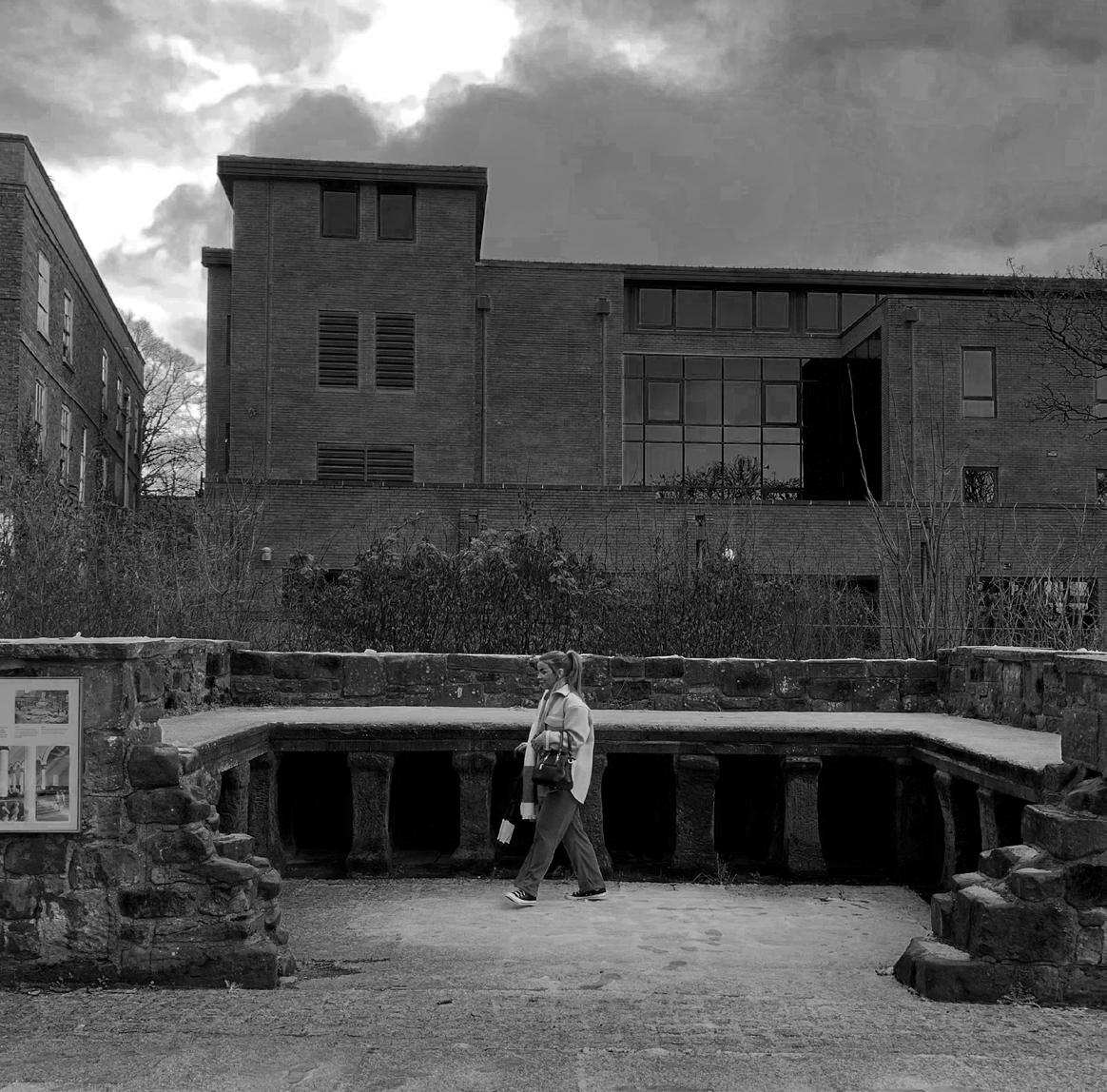
- This structure sparked curiosity immediately when spotted from a distance, the mixture of such different materials and aesthetics made it appear interesting
- The metal worked perfectly for amplifying sound but did create some reverberations, again this could create unsettling confusion for guardians
- The use of a short tunnel has many possibilities when considering how it could be used in a play spaces and it could inspire for heightened pretence play



Reviewing City Playgrounds
Observations & photographs taken in Cheshire, using the playgrounds as guides review the quality of the environment and layout of equipment. This will help guide modelling and highlight potential issues and benefits.

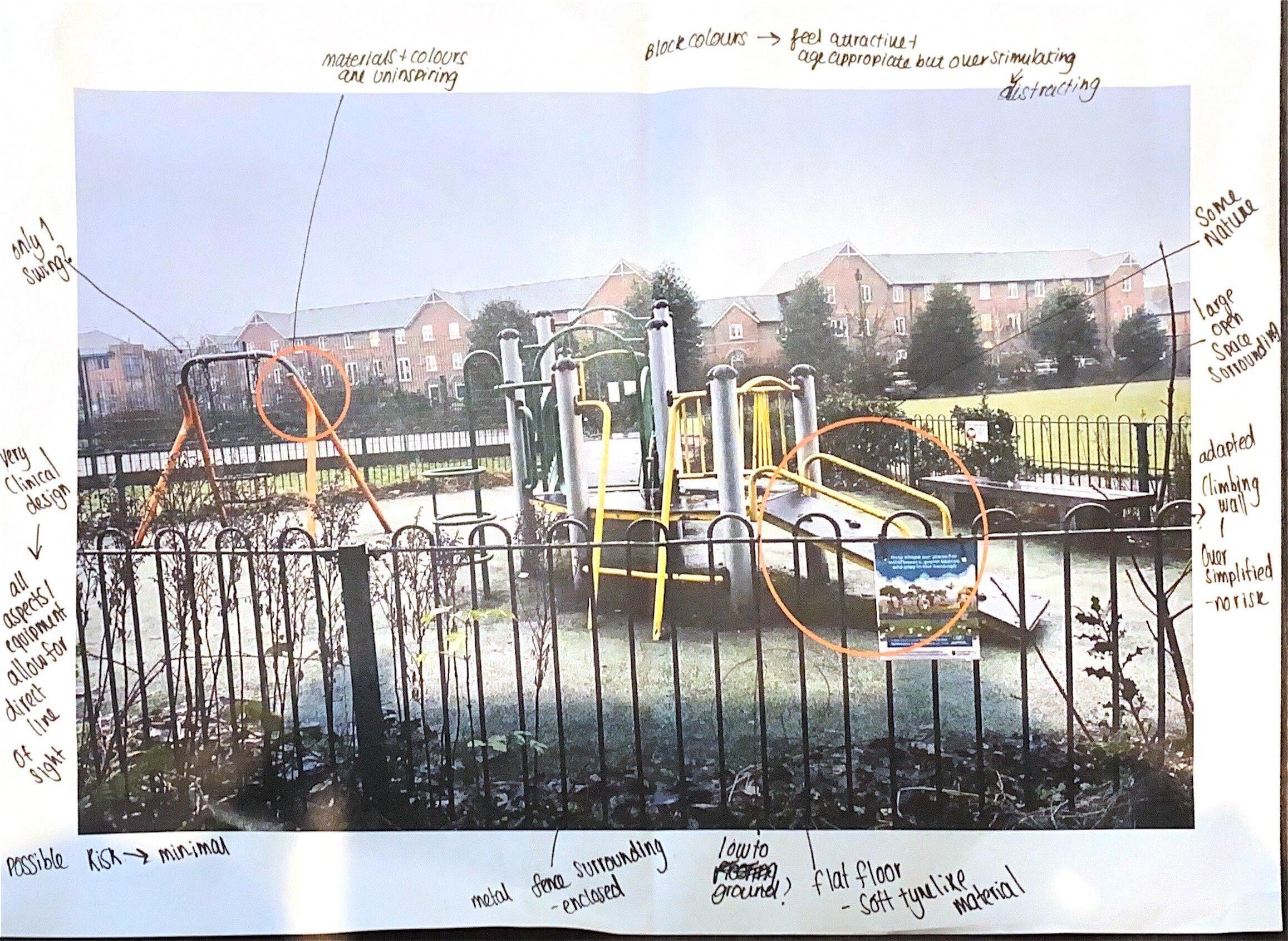
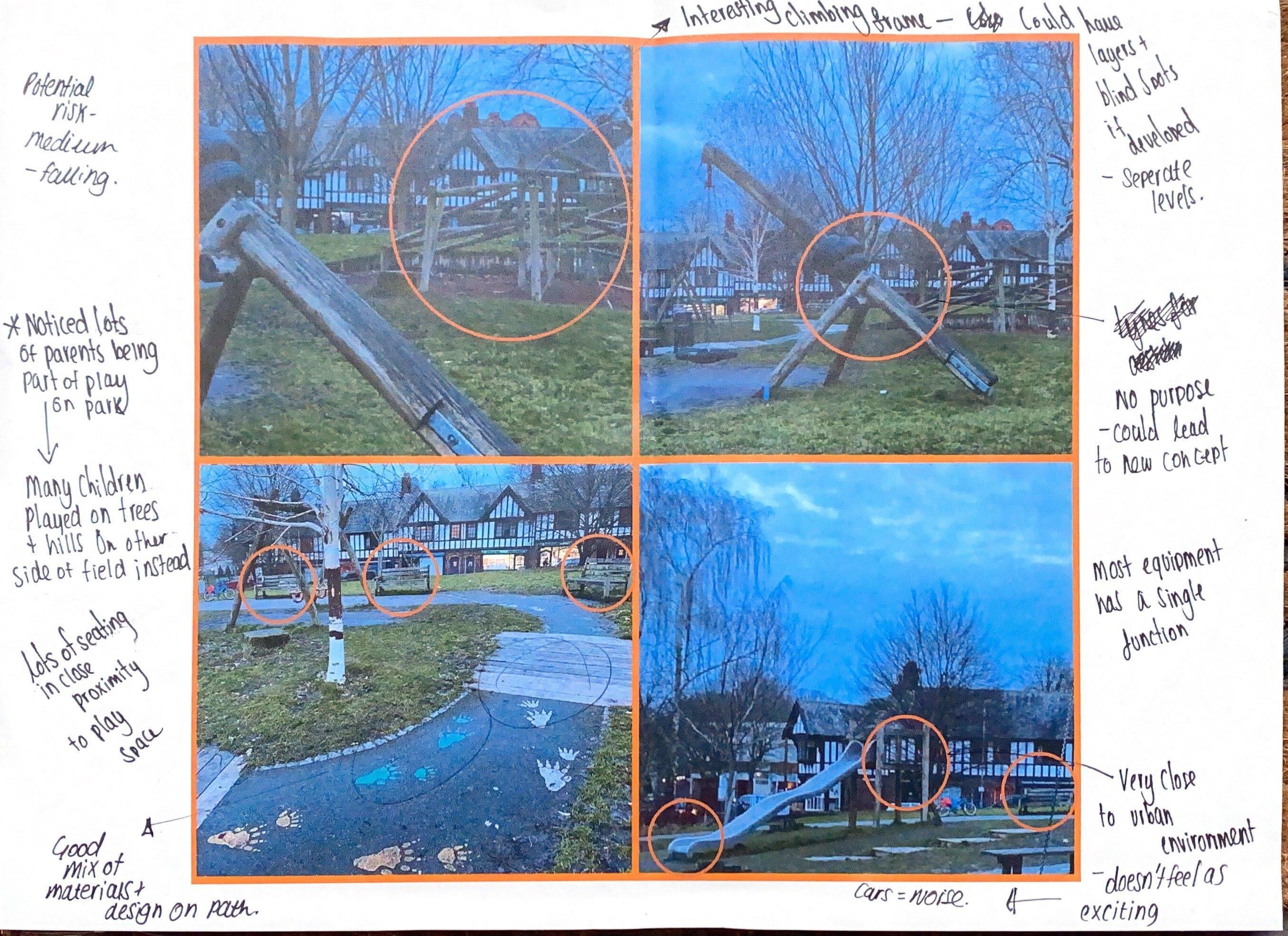
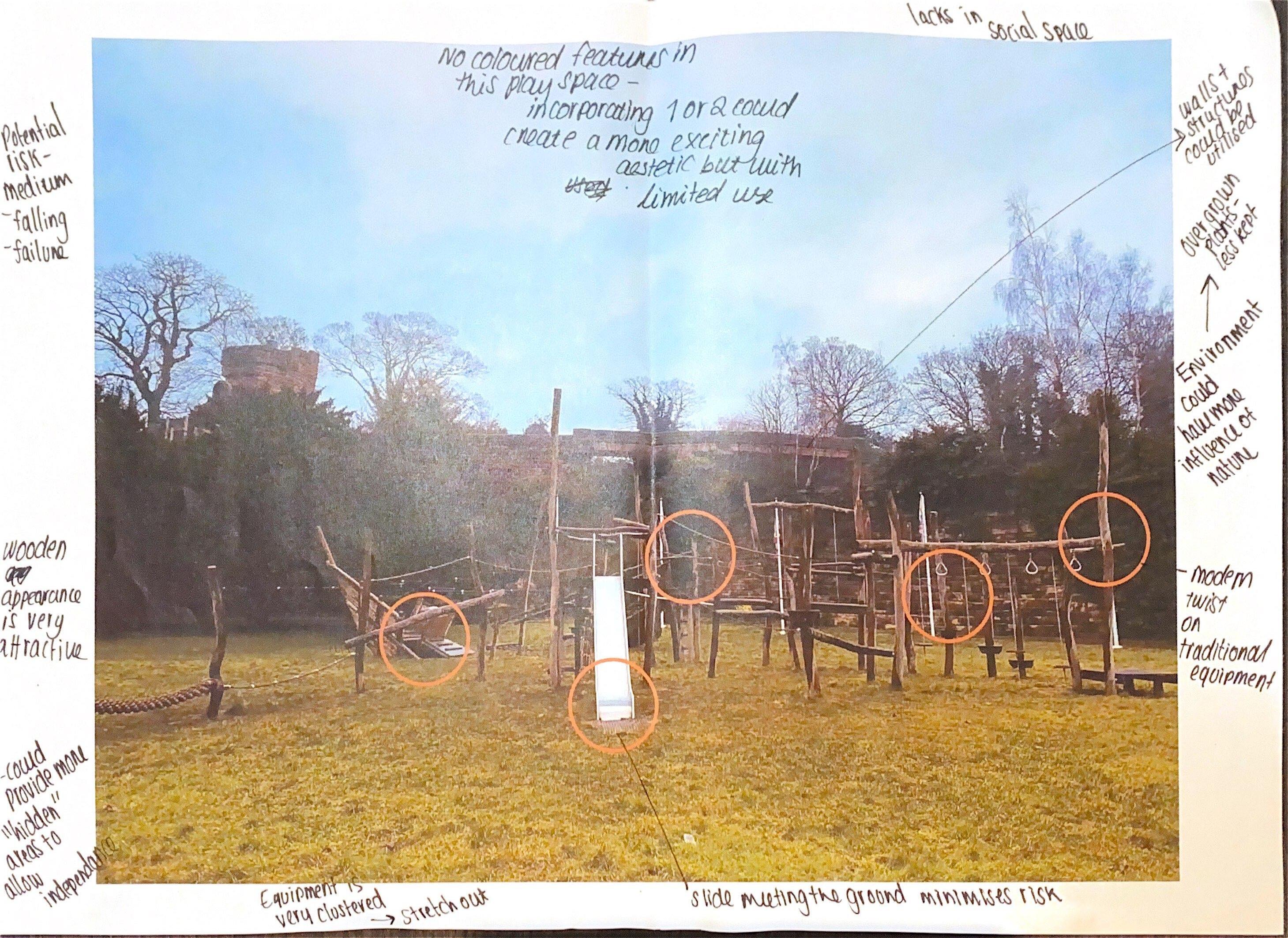

Summary of City Playgrounds
Analysing some of Chester’s playgrounds based on observational assessment and prior research, there was some key points highlighted, including:
- Often playgrounds are clustered and are surrounded by flat, un-used land offering opportunity for manipulation
- Attentions of the children using the play areas were directed elsewhere, hiding in trees and bushy areas
- Children receiving adult assistance seemed to play directly with their guardians, the children that were given independent play time appeared to socialise
- Where colour was incorporated it appeared aesthetically overwhelming, contrastingly using natural wood felt less inspiring, finding a good balance could be an interesting experiment
- All play spaces seemed to lack in natural ‘wildness’, creating a close connection between the play space and the natural world could prevent children from straying away from the designated space
- Even the wood inspired designs feel regimented, more free flowing forms and additional elements of ‘mystery’ would be adventurous

Reviewing Rural Playgrounds
Observations & photographs taken in North Wales, using the playgrounds as guides review the quality of the environment and layout of equipment. This will help guide modelling and highlight potential issues and benefits.


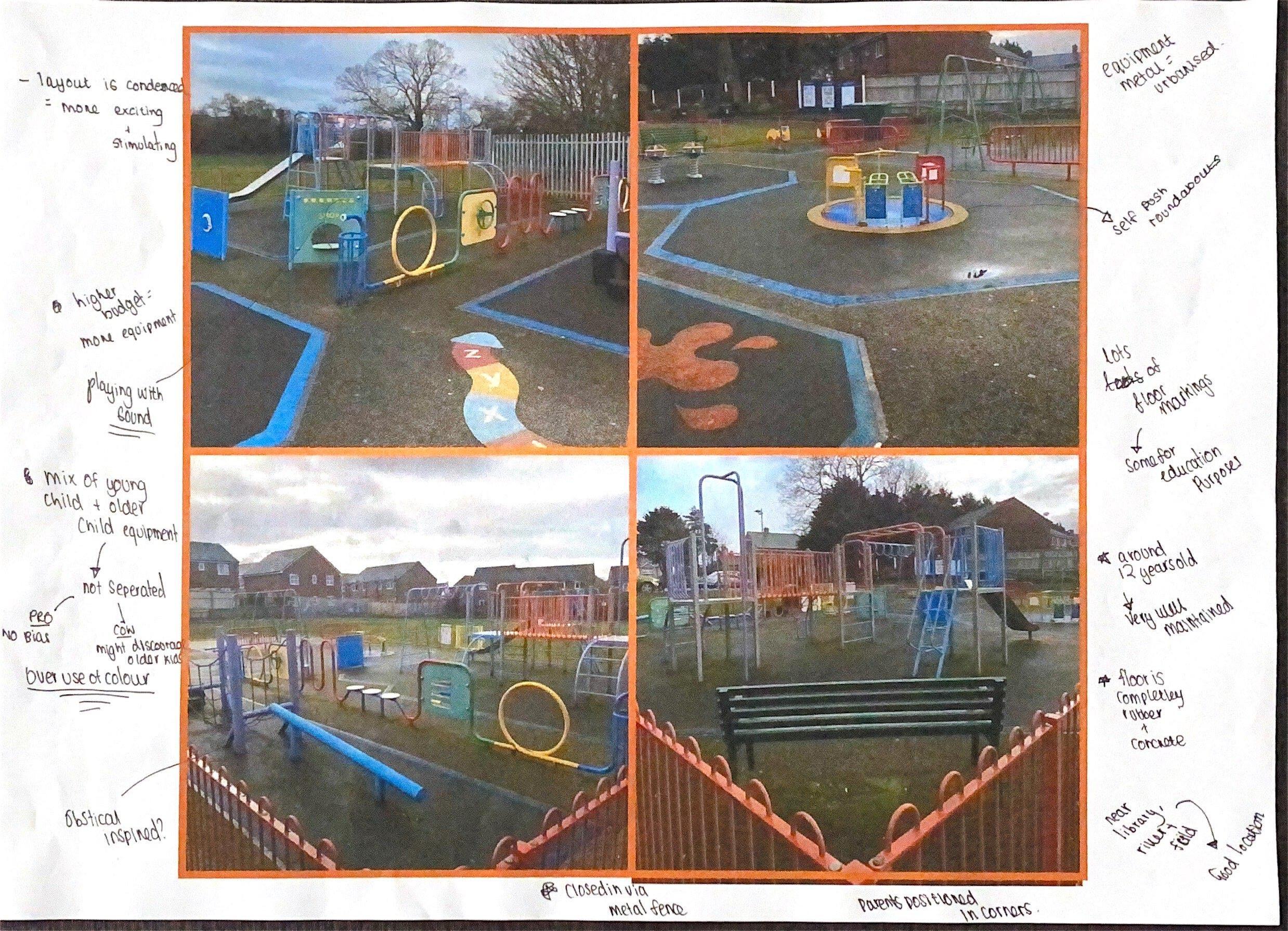
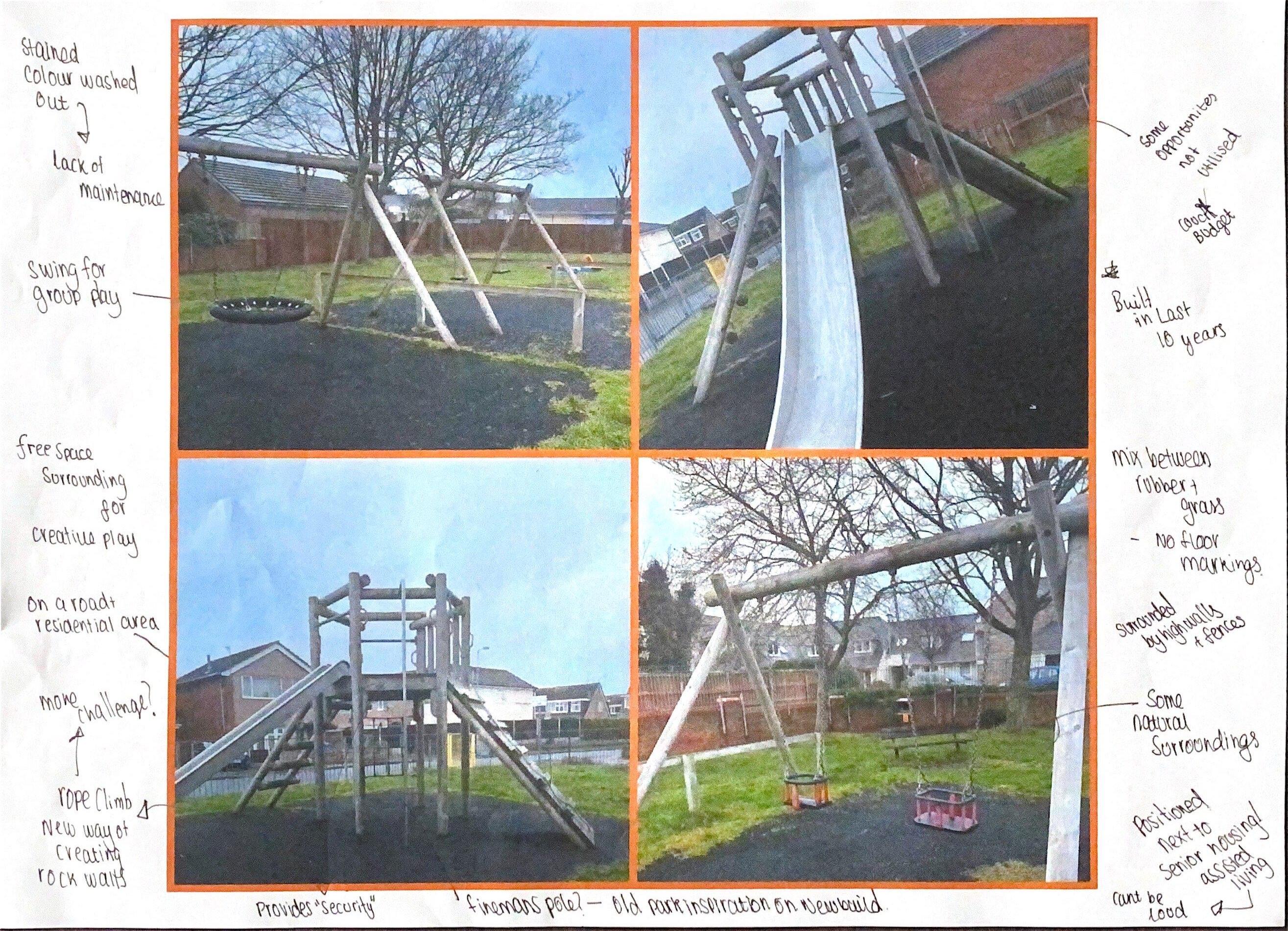


Summary of Rural Playgrounds
Analysing some of North Wales’s playgrounds based on observational assessment and prior research, there was some key points highlighted, including:
- The budget for equipment in North Wales seems low, with poorer quality of maintenance for equipment and only 1 or 2 play areas per town
- Evidence of long-lived wooden structures, satisfying sustainability requirements
- Using flat ground to build on is still evident throughout all observations
- Lacking surroundings of wilderness for the majority of play spaces, only 1 featured grass as the main ground surface
- Attentions of children were elsewhere in a number of play areas, moving to the surrounding areas that incorporated trees and overgrown shrubbery
- Older play areas create a more satisfactory play space than the over engineered modern parks, offering more opportunity for creative ideas
- Only one play space offered an area for parents that was positioned on a higher level
- Space allocated for play areas seems to vary drastically, this could mean variations and modular designs could be preferable

Reviewing Play Equipment
Risk assessment on playground equipment and environment features that have been frequently mentioned to date; to be used as guidence for observational assessment considerations
Slide Gets hot, sudden drop at the edge, gets wet, climbing up, dirt/grime
Swing Could fall off, twisting of chains, gets wet, hit somebody else
Zipline
Could fall off, suddenly stop, loss of control, skidding along ground
Tyre Swing Loss of control, Tipping, hit somebody else, unable to stop/get off when wanted
Roundabout
Climbing frame
Loss of control, unable to stop/get off when wanted
Slipping, falling from large height, fear
Hideouts Out of sight, exposure to potentially dangerous junk, unknown structures
Water Feature Fall in, hygiene, insects/animal attraction
Natural Elements
Unknown, dangerous plants ie thorns/nettles, litter, insect attraction, out of sight
Seesaw Could fall, bounce back
Mild burns, falling, bruise, damaged clothes
Bruises, cuts, grazes
Panic, bruises, broken bones, friction burns/grazes
Upset/panic, grazes/bruises, broken bones
Dizziness, panic, friction burns
Broken bones, bruising, damaged self-esteem
Structure could fall, guardians may be unaware to issues, skin damage, potential illness
Drowning, panic, bites, potential illness
Potential illness, stings, cuts, poor hygiene, damage to clothing, unaware guardians
Bruises, friction burn
Exposure to elements, poor design, misuse, material choice
Going to high, loose chains, poor seating, lack of awareness
Seat is too low, can’t monitor speed, poor maintenance, poor ground surface
Pushing to high, pushing at wrong angle, not enough weight
Poor grip for pushing, weight + speed vs strength, misuse
Tall structures, material choices, exposure to elements
Nature of type of play, carelessness of public, poor maintenance, lack of stability
Misuse, human error, poor hygiene, inability to swim
Nature of the environment, carelessness of public, poor maintenance, Poor line of sight for parents
Lack of support on seat, weight differences, force
After conducting 8 individual observational assessments in playgrounds, a concluded assessment is below; Creating a hierarchy to use as guidelines for where to position equipment, the higher the risk rating the closer the equipment should be to the line of sight
Key points:
- Water features couldn’t be reviewed as they are not currently included in any of the reviewed locations
- Hideouts and natural elements were not in the play space directly but surrounding areas, this increased the risk rating and responsibility requirements
- More time was focused on ‘social’ play activities and activities that did not require equipment in surrounding natural elements
- More time was spent on activities that allowed children to be creative and change the narrative
- There is a positive correlation between approximate time and high-risk play, possibly because this requires more practice and provides more stimulating challenges
Revised titles for play equipment to prevent limiting designers creativity
Soaring
360
Climbing
Building
Play Equipment (Revised Titles)
Similar to...
Gravity Shoot Slide
Grounded Flying Swing
Slide Zipline
Orbit Tyre swing
Super Spin
Roundabout
Maze
Climbing frame
Burrows Hideout
Pivot Plank Seesaw
Design through Making
Creating a mass of 3D models of play equipment and environments with the intention to inspire designers, starting with abstracting standard play spaces leading to the development of a new concept play environment
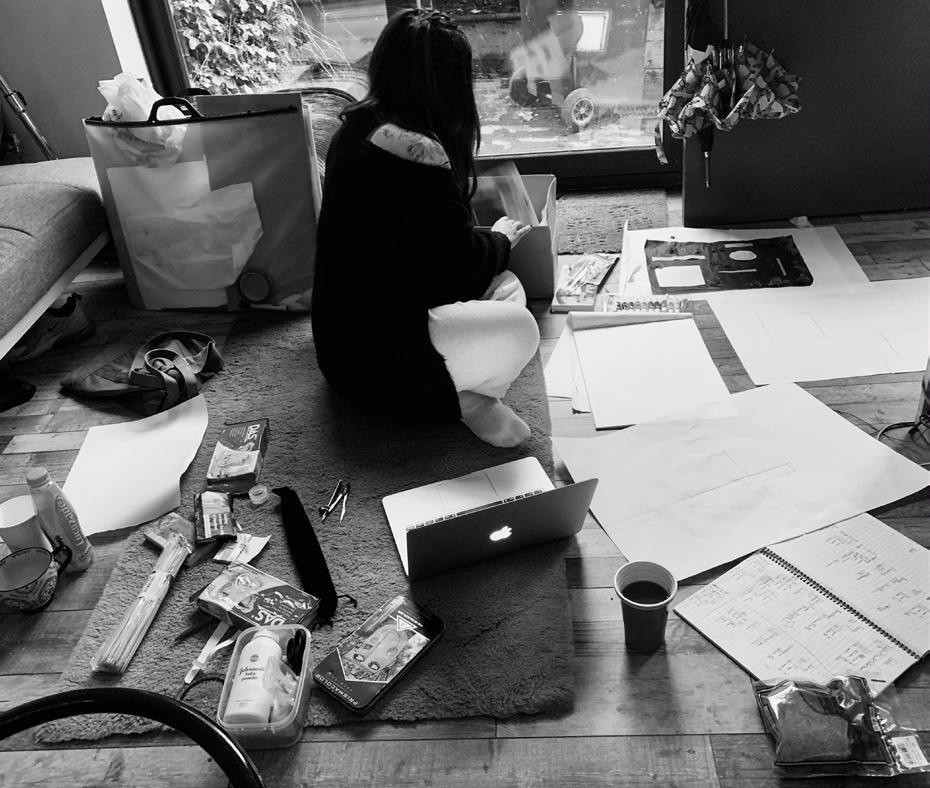
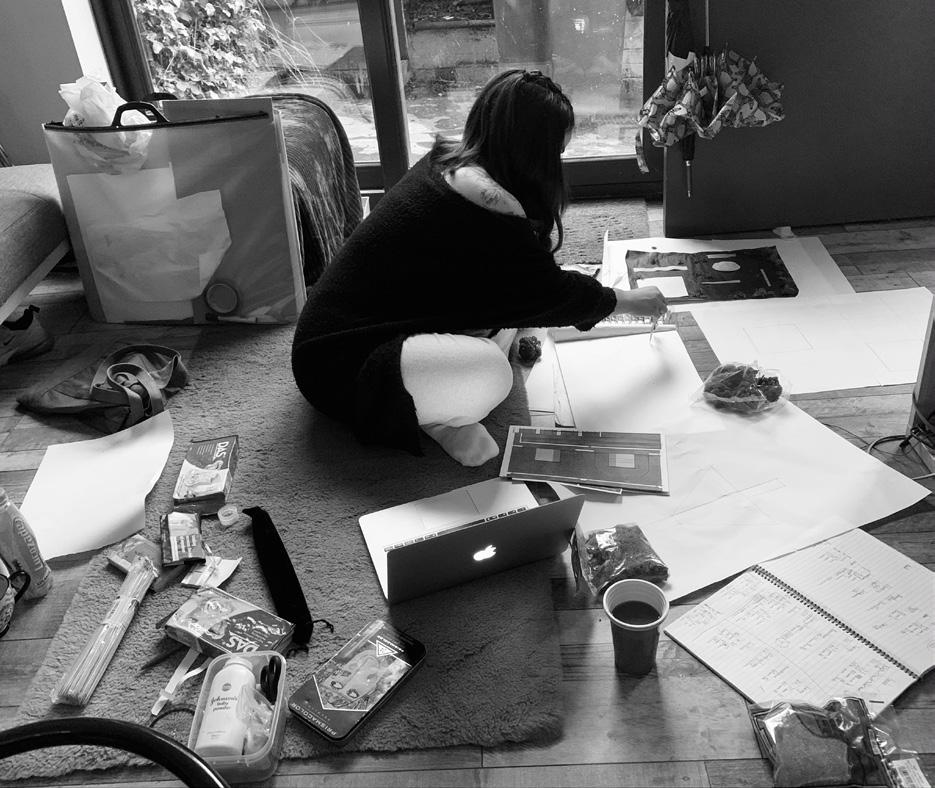
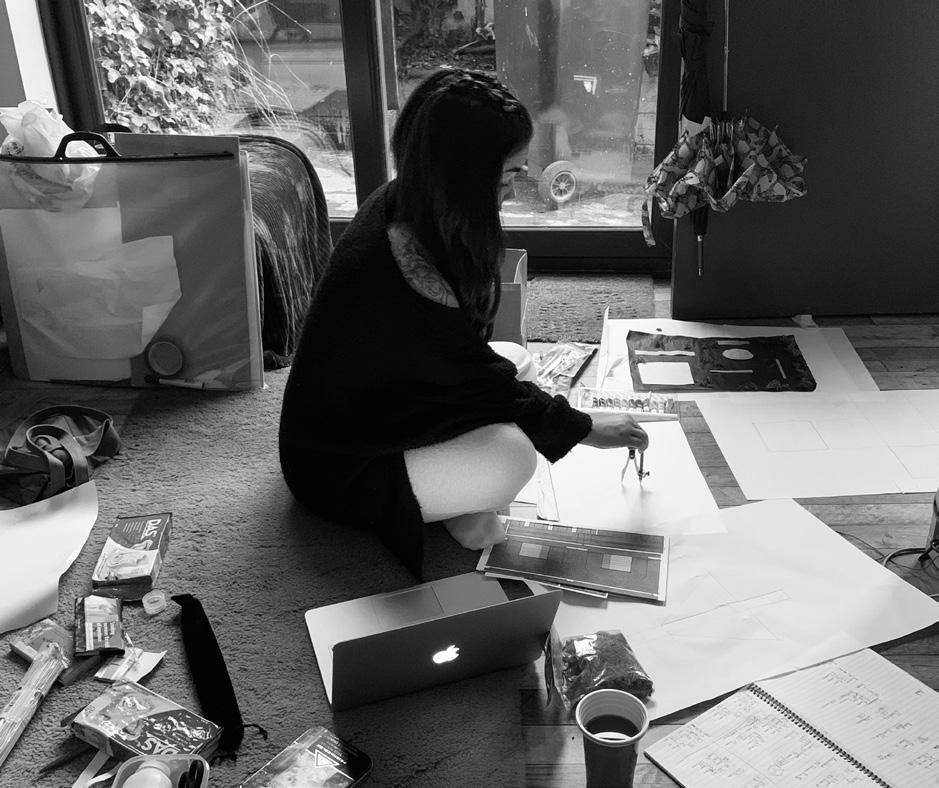
Scale Model
- 1:25
Planning in 2D to ensure scale is correct and to visualise placement, moving to a developed scale model of a standardised play space. Highlighting the disregard for the environment and overpowering bright colours, the space appears uninspiring and disrespectful to the nature surrounding
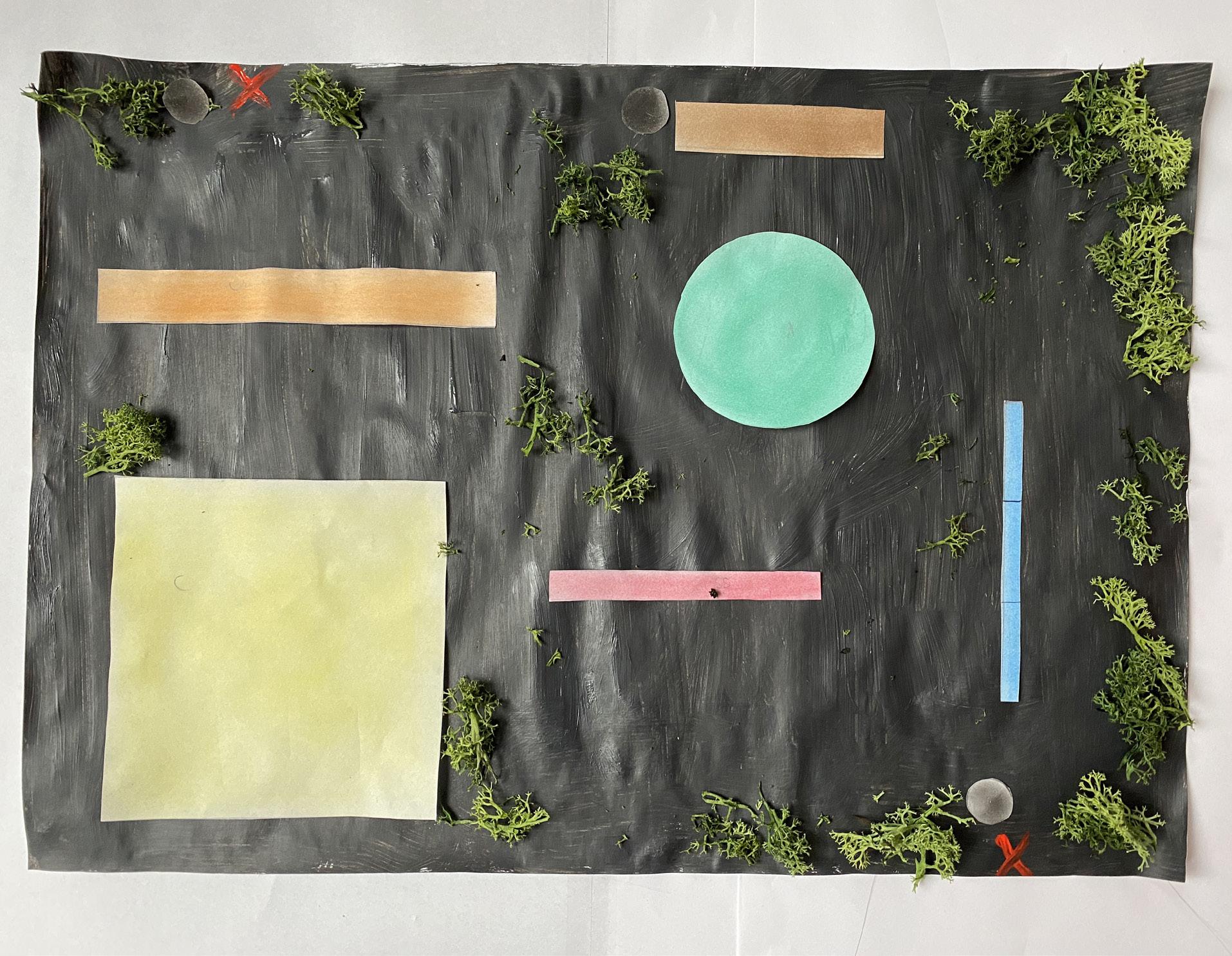
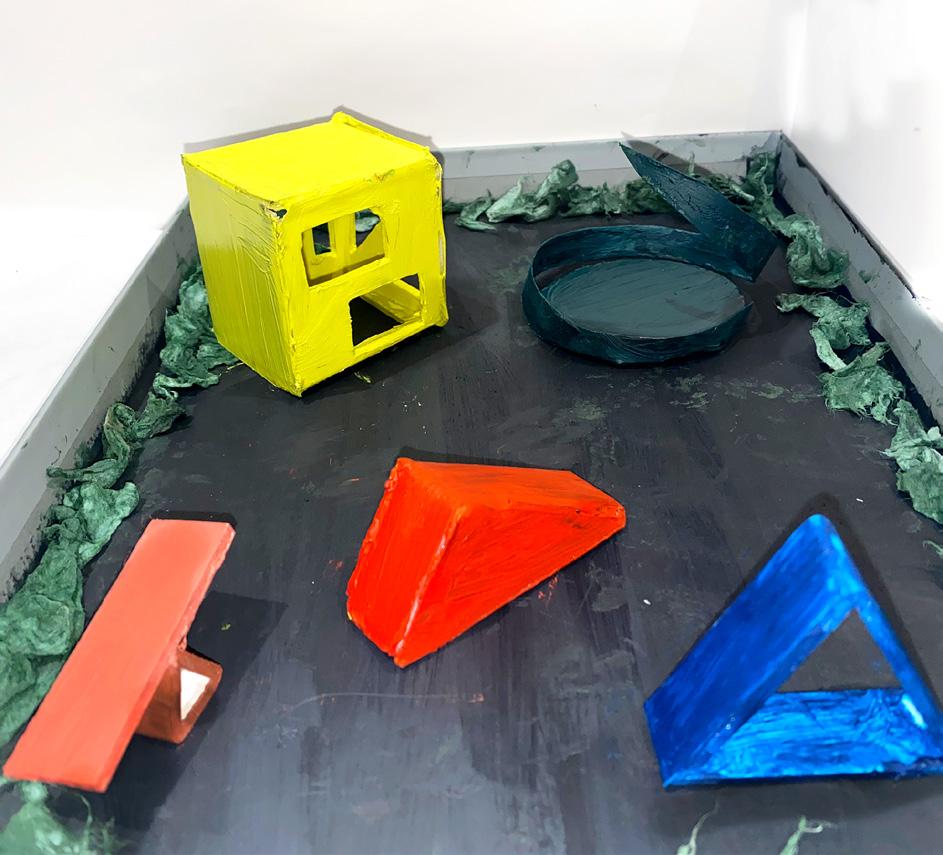
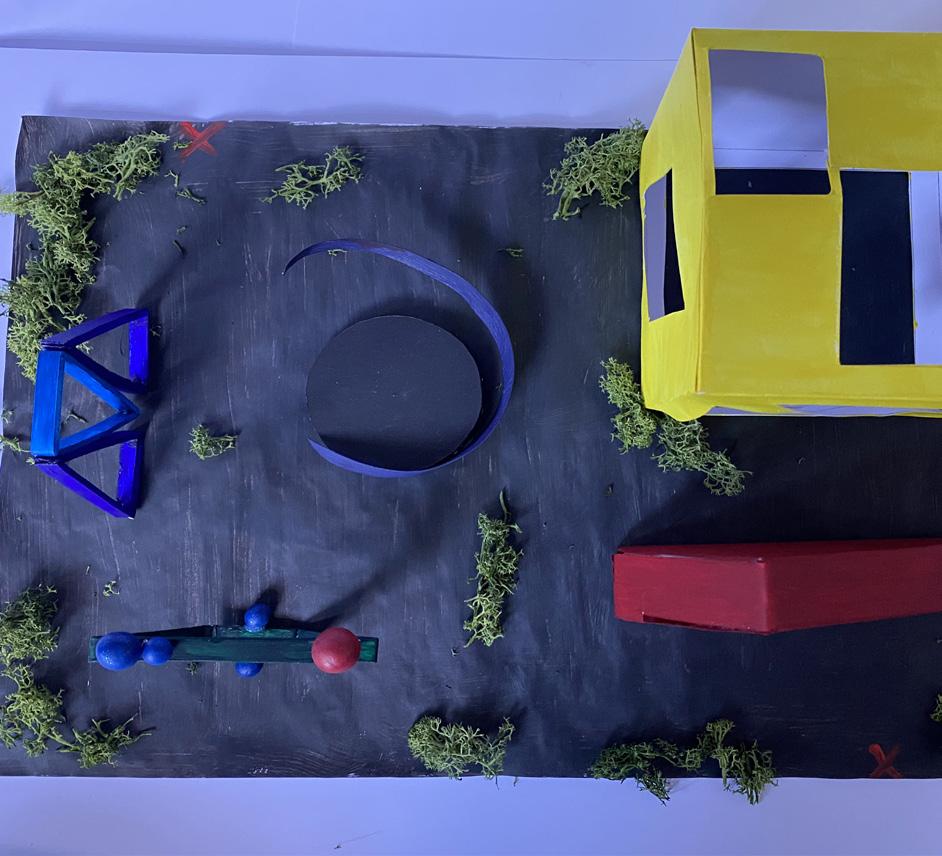
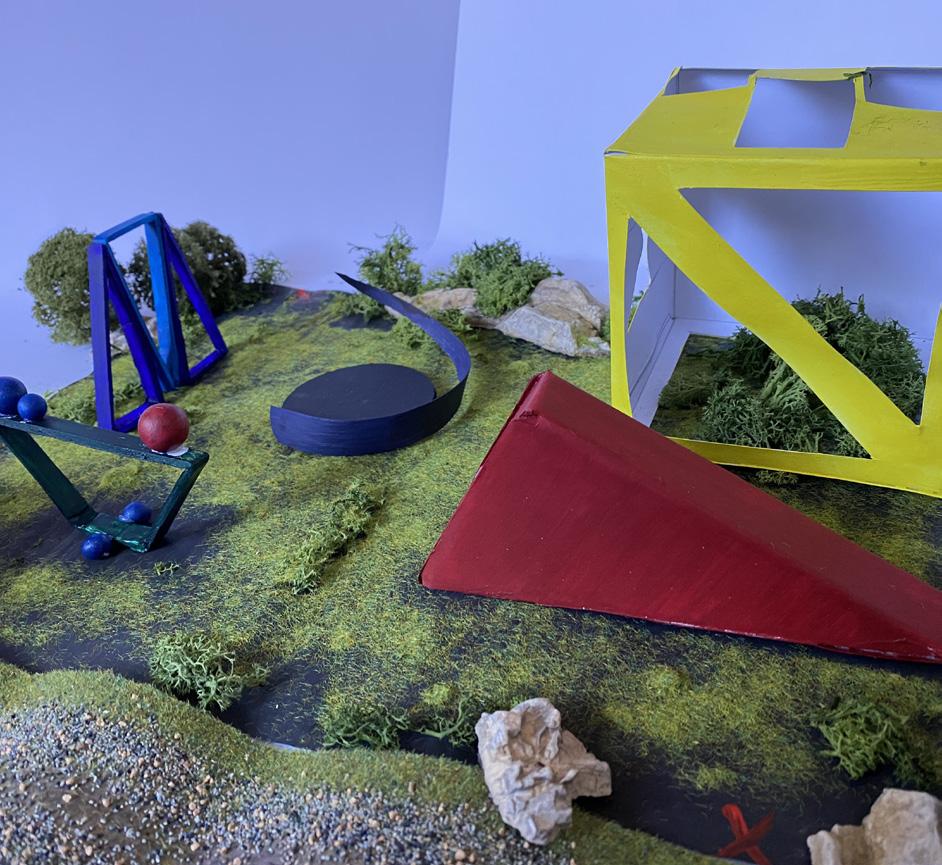
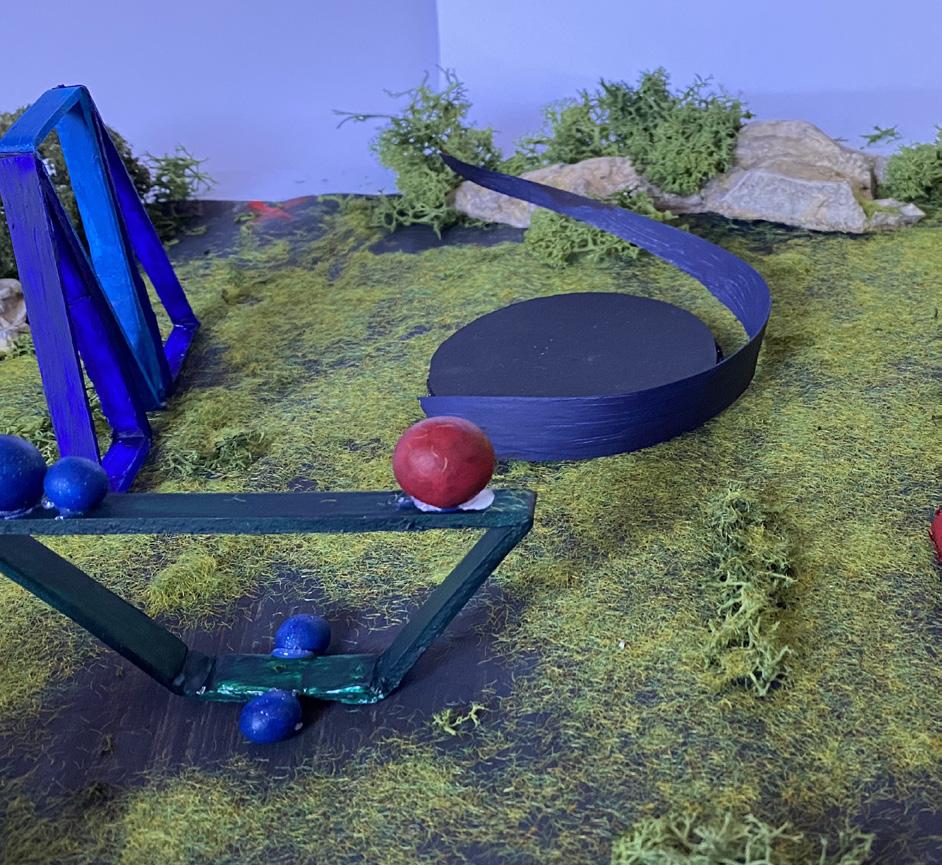
Model Development
Developing abstract clay models that somewhat resemble play activities , selecting the more successful pieces for photographing and creating variations of placement, rotation and environment. The concept is beginning to compliment prior research, however developing technique when working with clay is still necessary, some cracking and imperfections are still evident in some areas
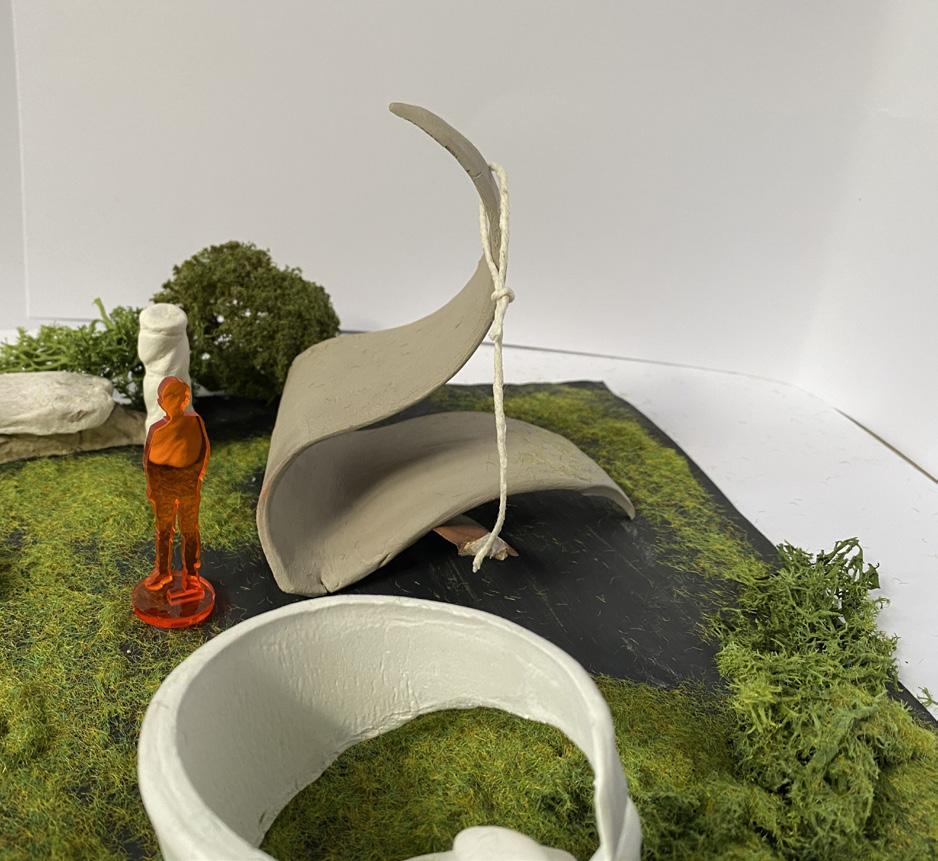
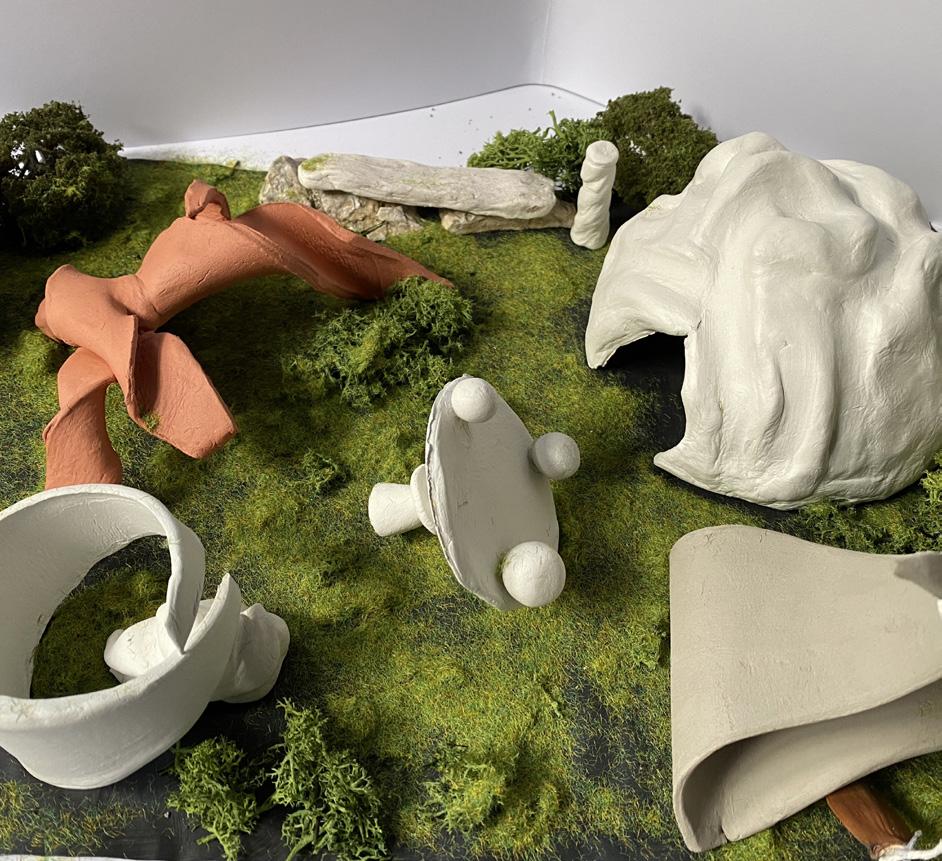
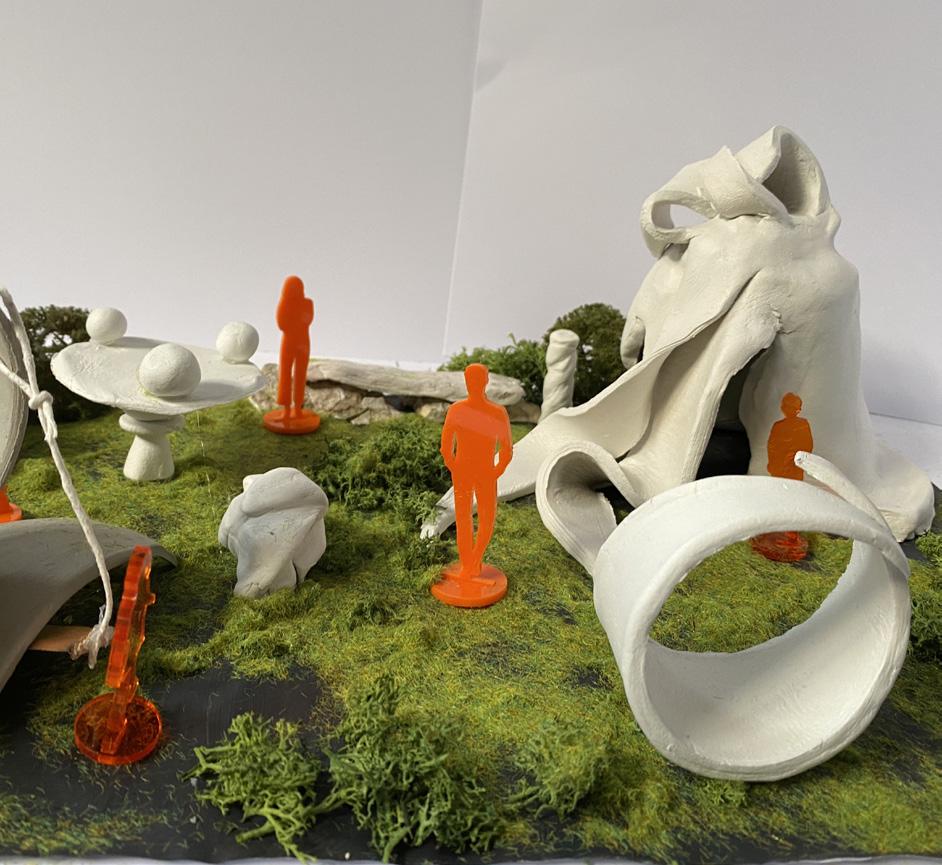
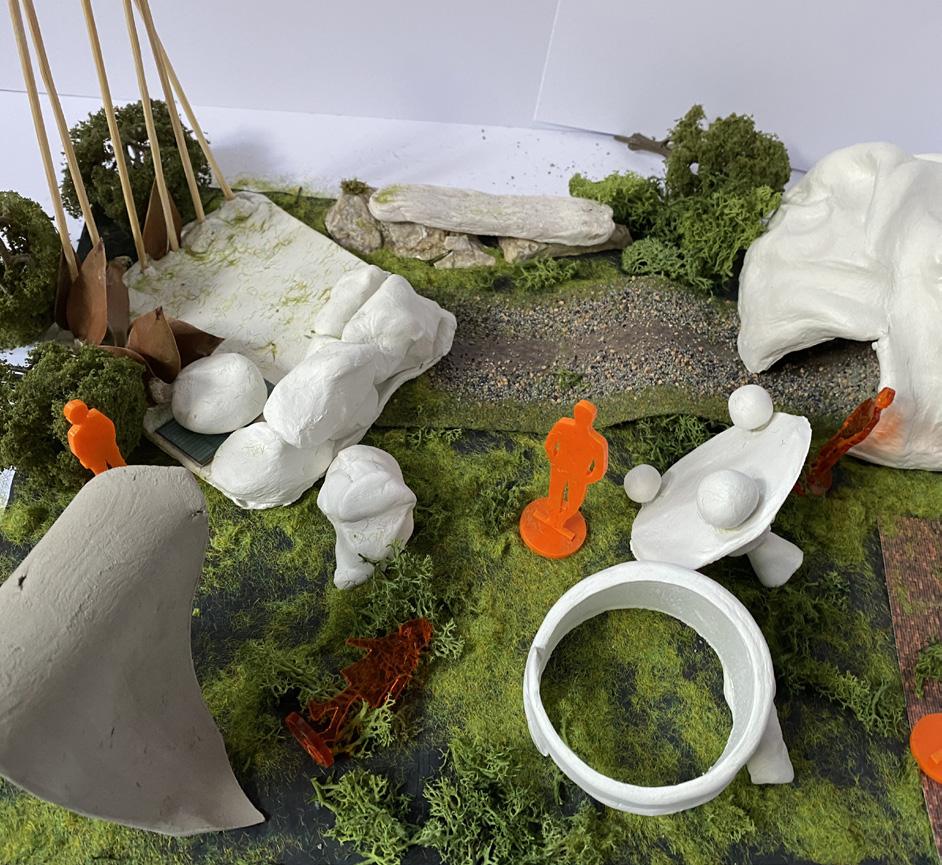
Model Refinement
Refinement and development of the weaker models in the previous collection, reducing the level of structure within the forms to avoid dictating the purpose. Additional smaller artefacts have been developed as miscellaneous objects to offer the possibility to link and adapt. Along with creating stackable blocks, with the intention of vacuum forming, these act as ground manipulation, covered with a base material to replicate uneven surfaces and potential viewpoints
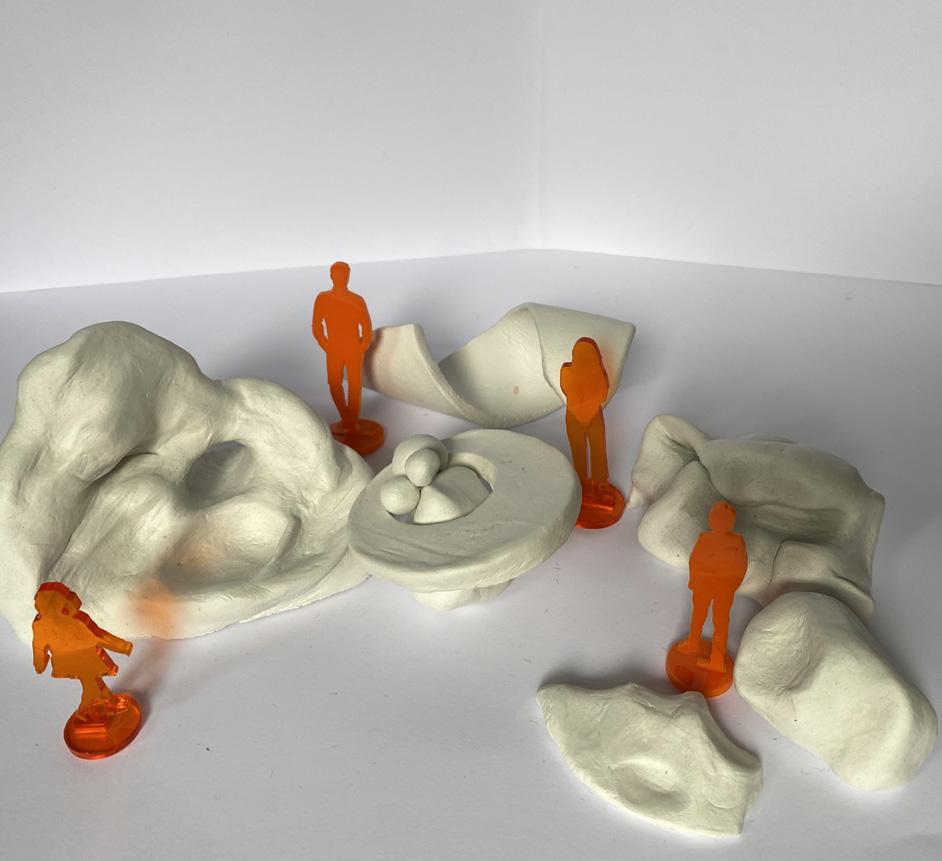
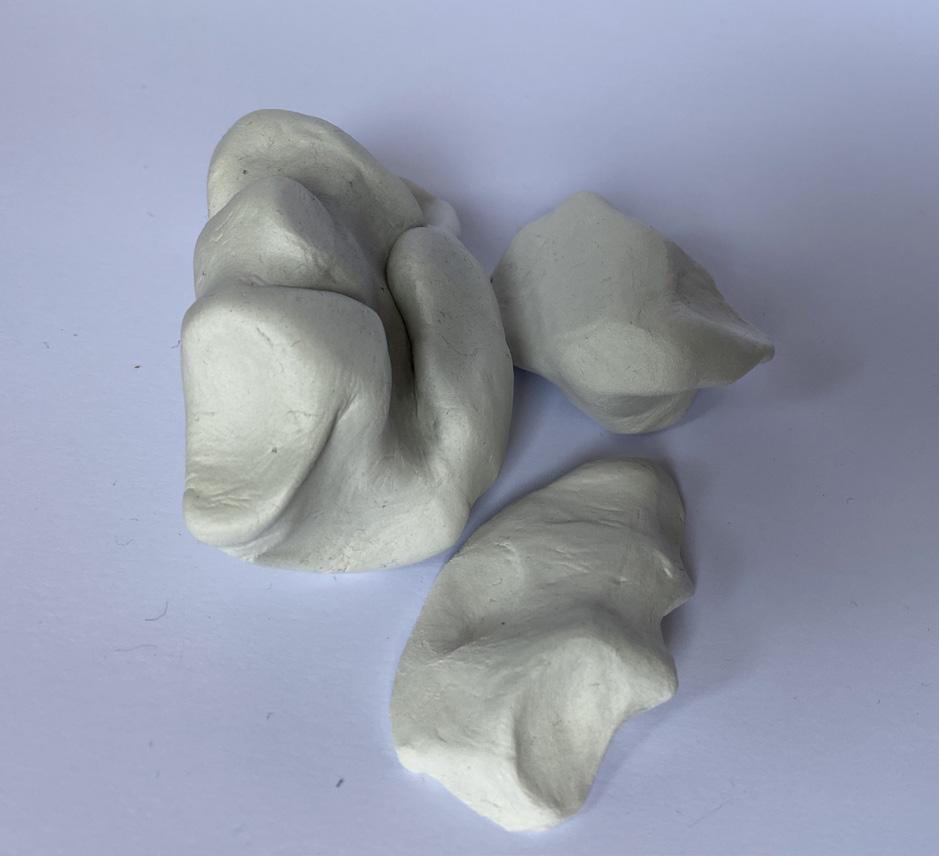
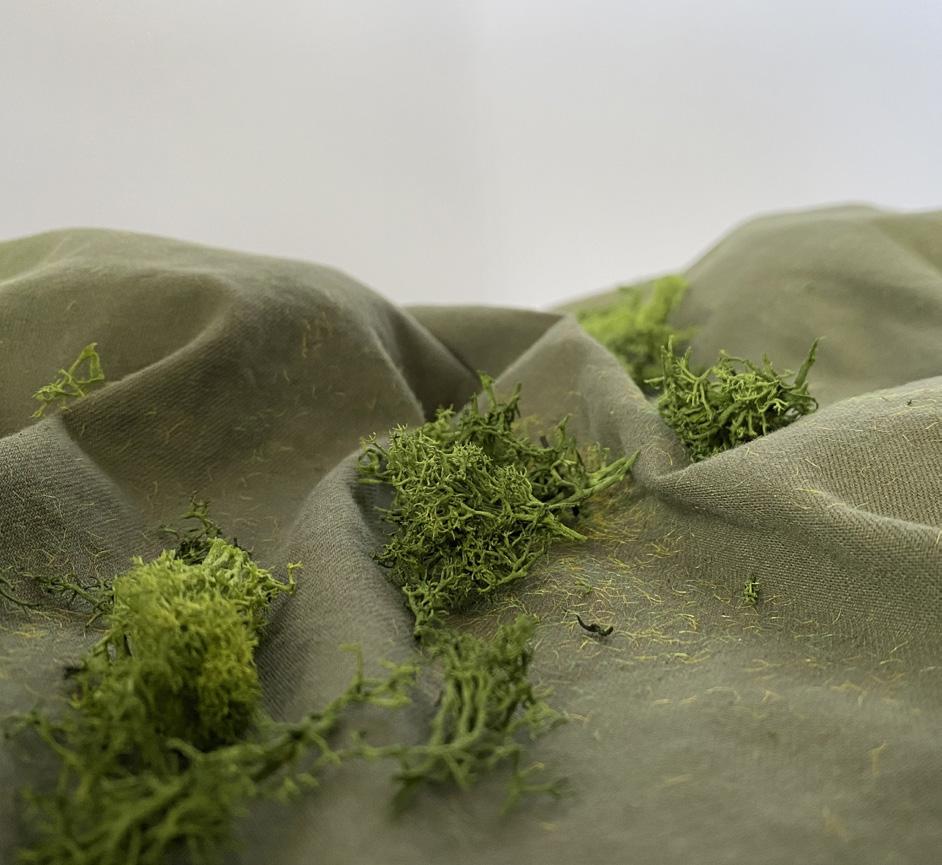
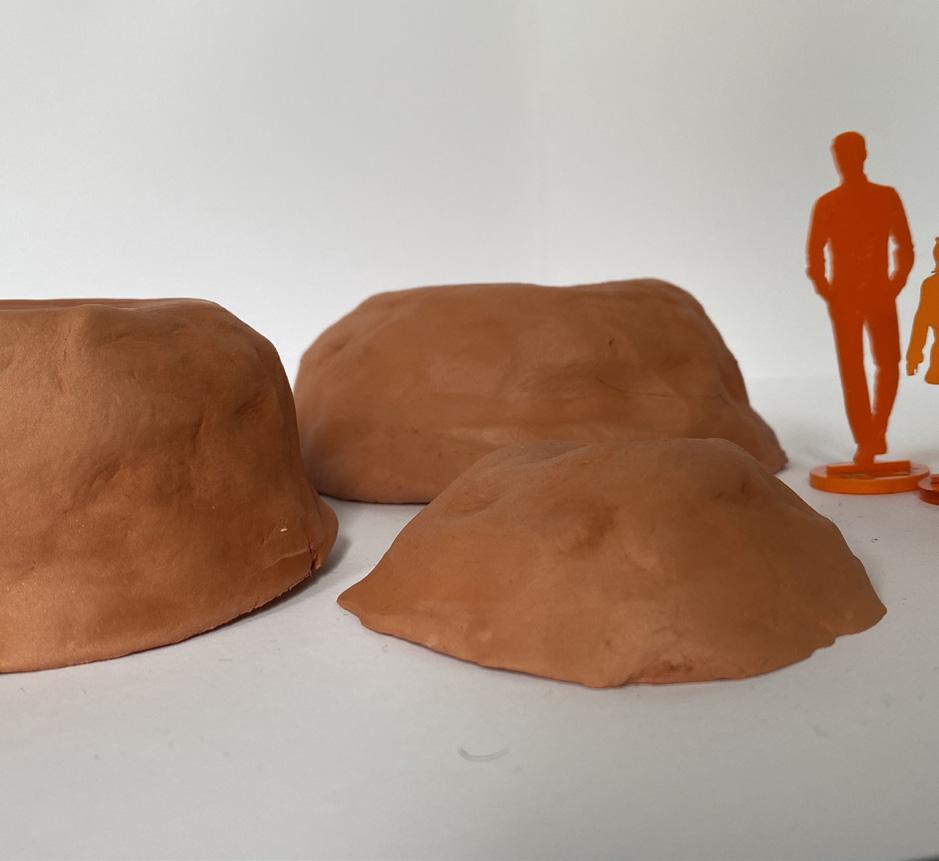
Detailed Development
After crafting clay pieces, a decision was formed to develop objects in more materials and structured forms. Using additive manufacturing to scan and print some clay forms, CAD software and wood works, this adds a further element of inspiration and introduces new forms into outdoor play equipment. The Vacuum formed pieces developed and finished have proven effective under fabric.
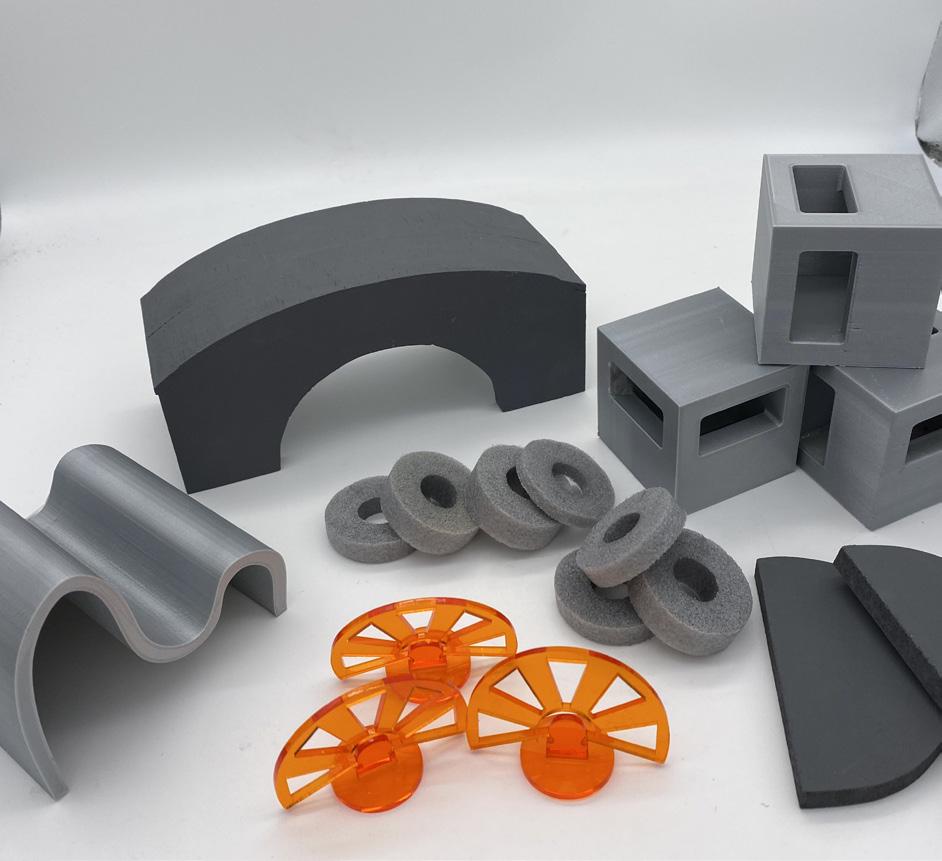
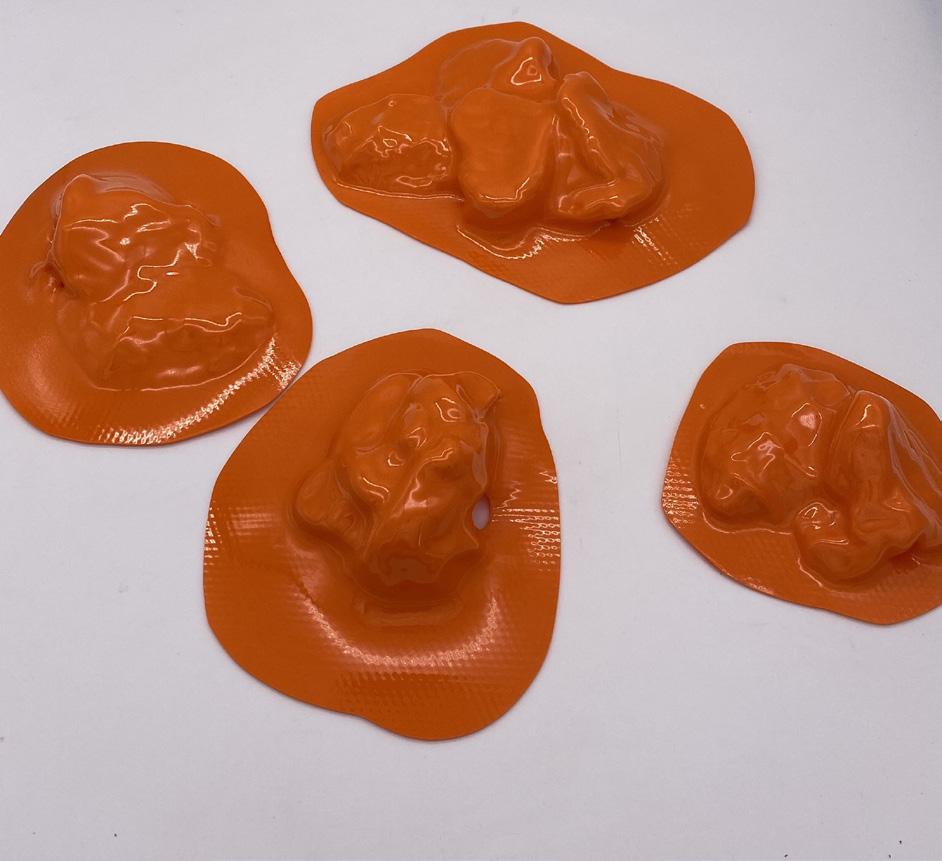
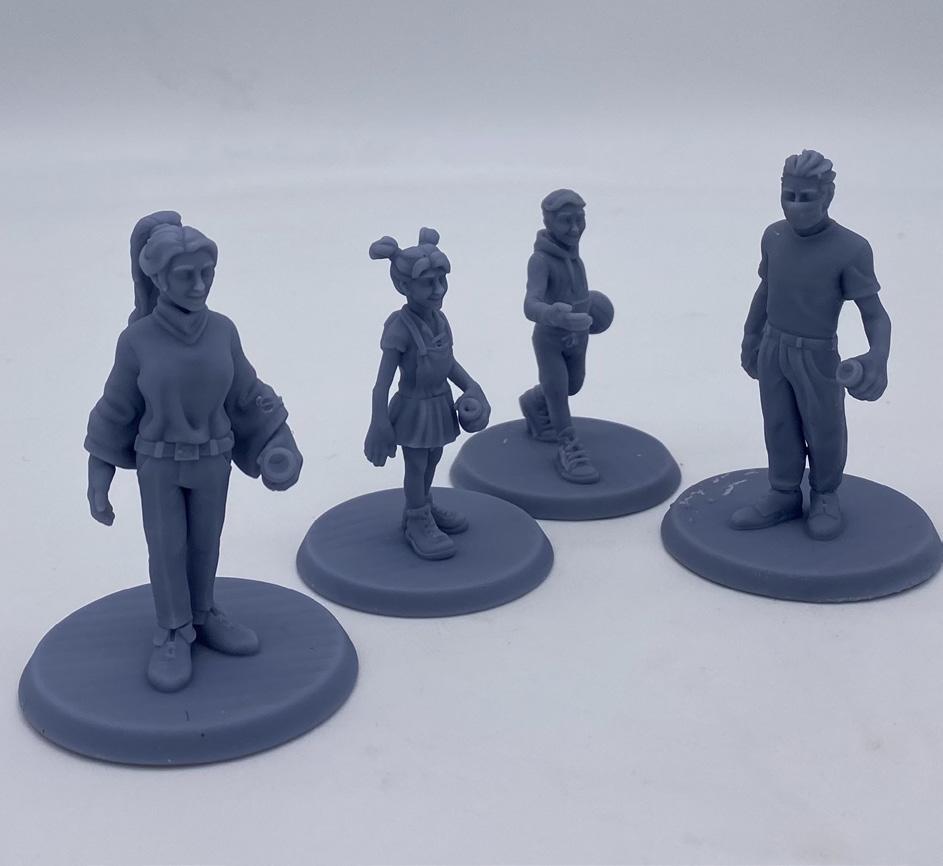
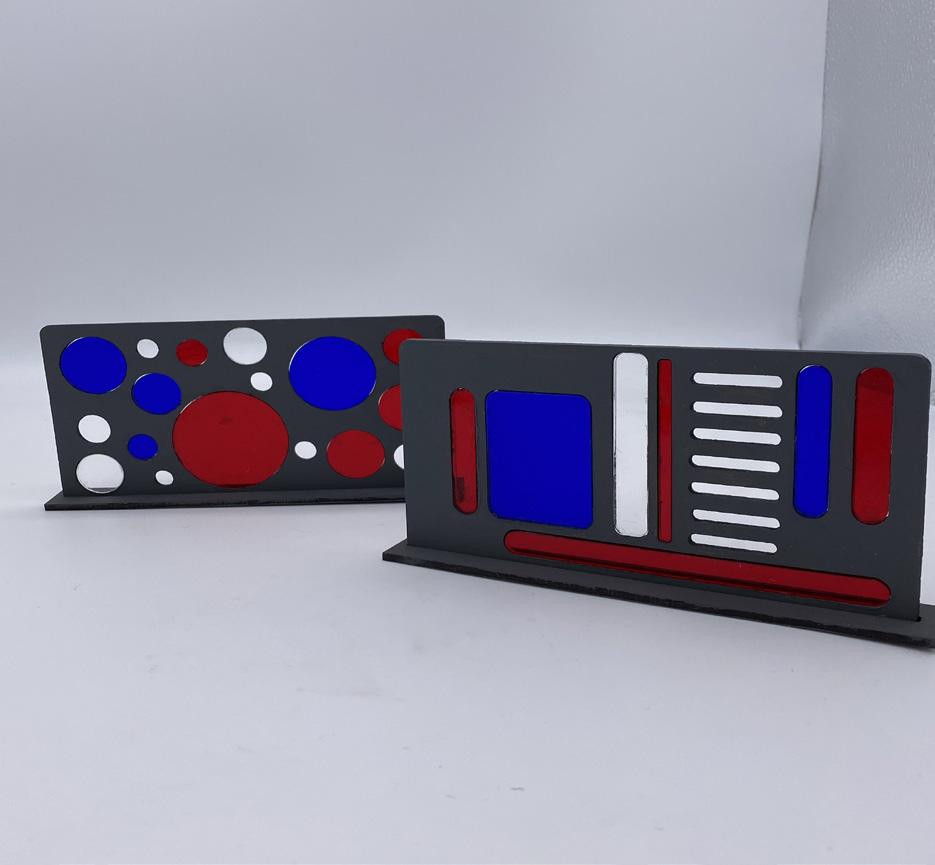
Final Details
Creating a finished collection of the most successful objects, developing and selecting ‘natural elements’ and crafting a storage box and guidance book. These finishing touches are in preparation for testing with a focus group. The decision was made to stain and finish the box to create a better connection between the user and product set. Some objects will be minimised through observation of impact on conversation during the test.
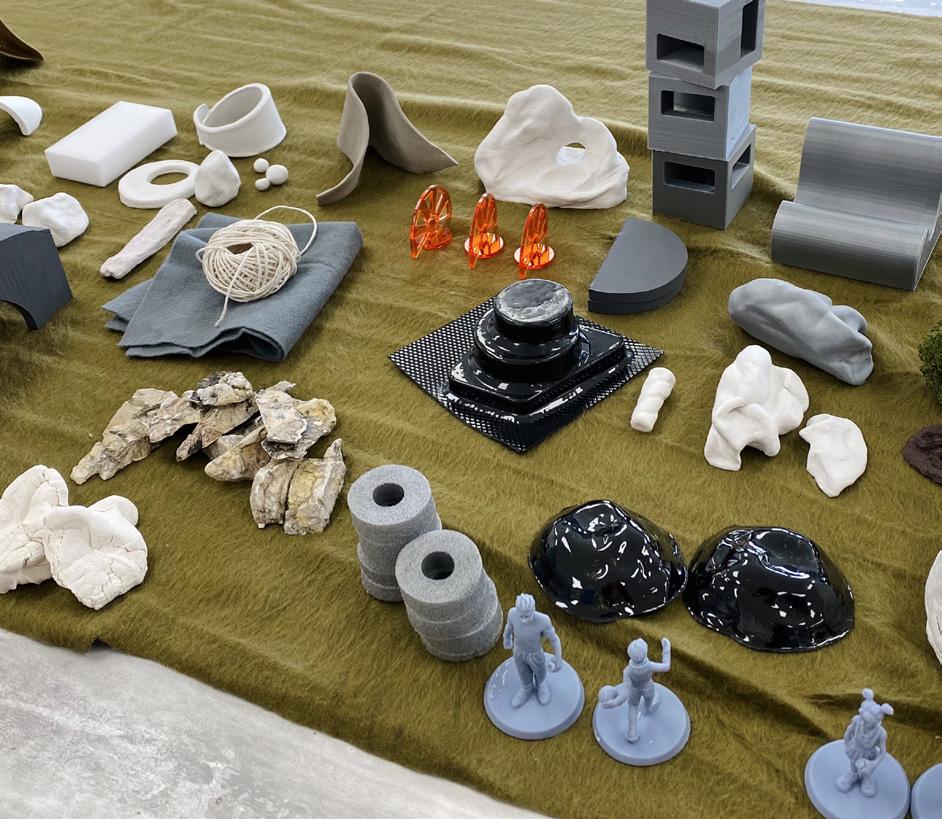
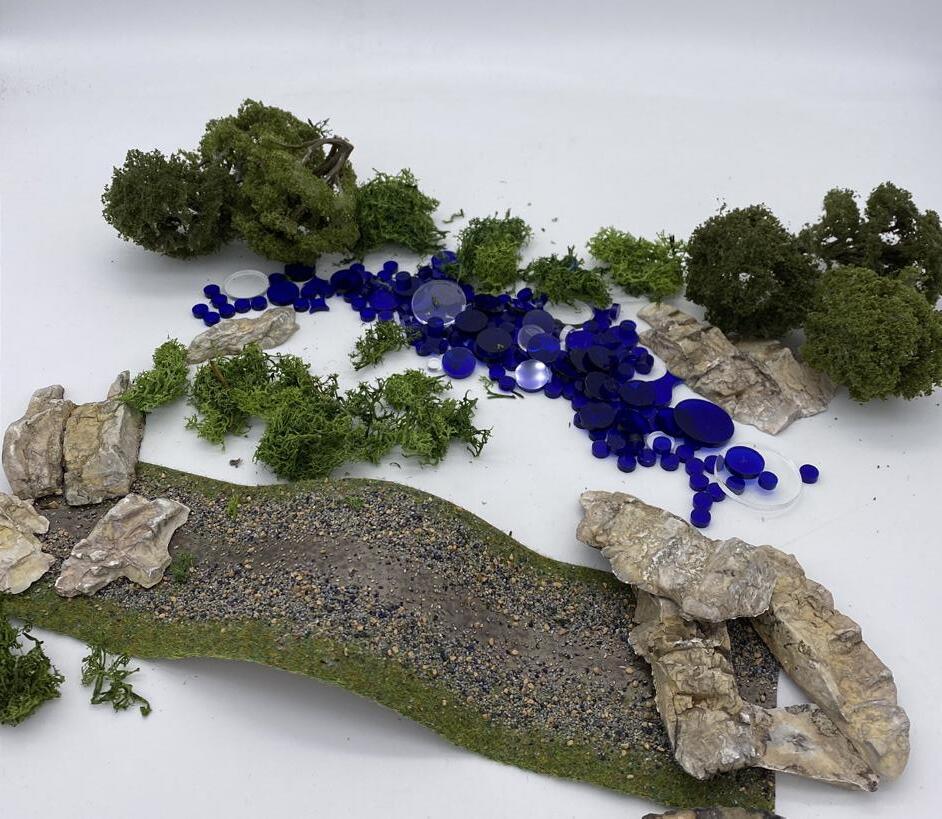
1x box
1x book
Revised Contents
1x sheet of fabric
4x vacuum formed mounds
6x foam rings
2x windowed panels
3x wood forms
4x 3D figures
6x Clay forms
10x 3D prints
4x viewpoints
Sachet of beads
Sachet of grass
Sachet of rocks
Sachet of greenery
Range of paths
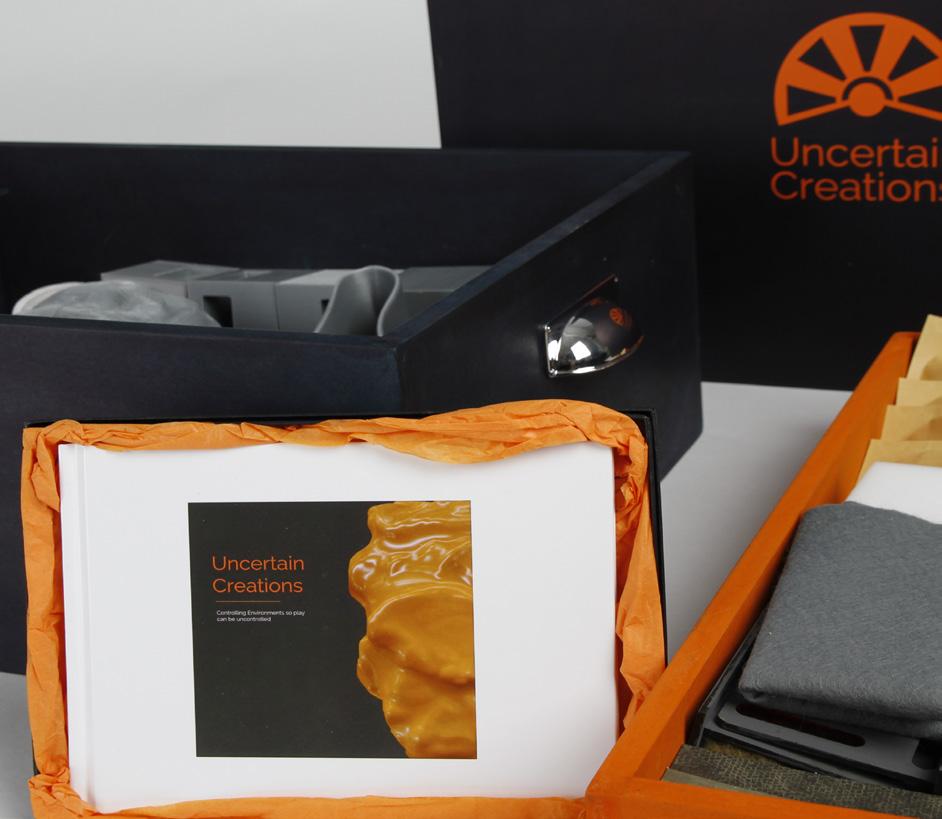
Focus GroupTrialed & Tested
Conducting a focus group with three of design students using the finished prototype to trail effectivness. This proved that the magic of this concept is in the conversation and ideation generated from using the set. The ideas varied from radical to incremental, but conversation pushed towards a more organic and nature inspired approach meaning that the set was successful. Evaluation led to keeping a range of varied materials and environmental props and some of the less effective surface alterations have been removed
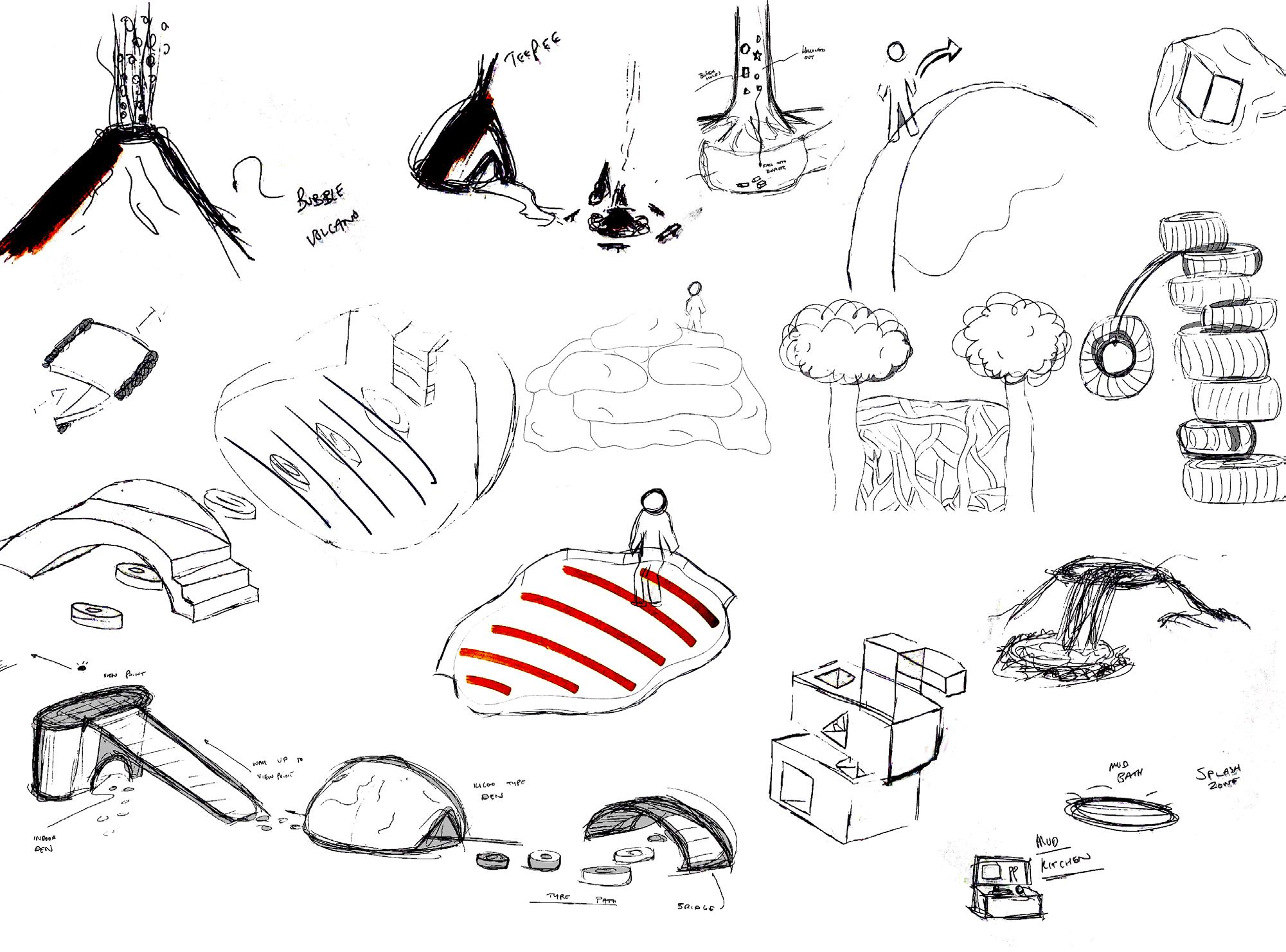
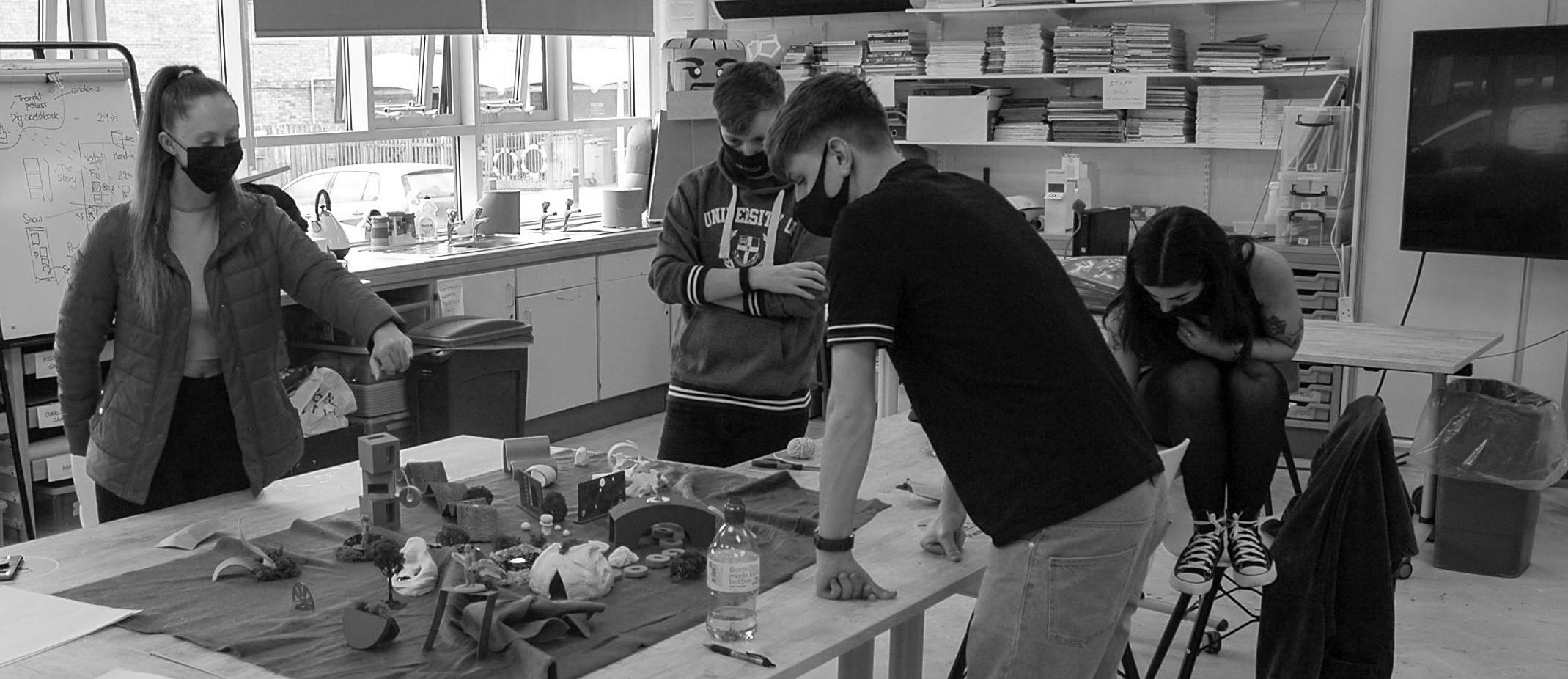
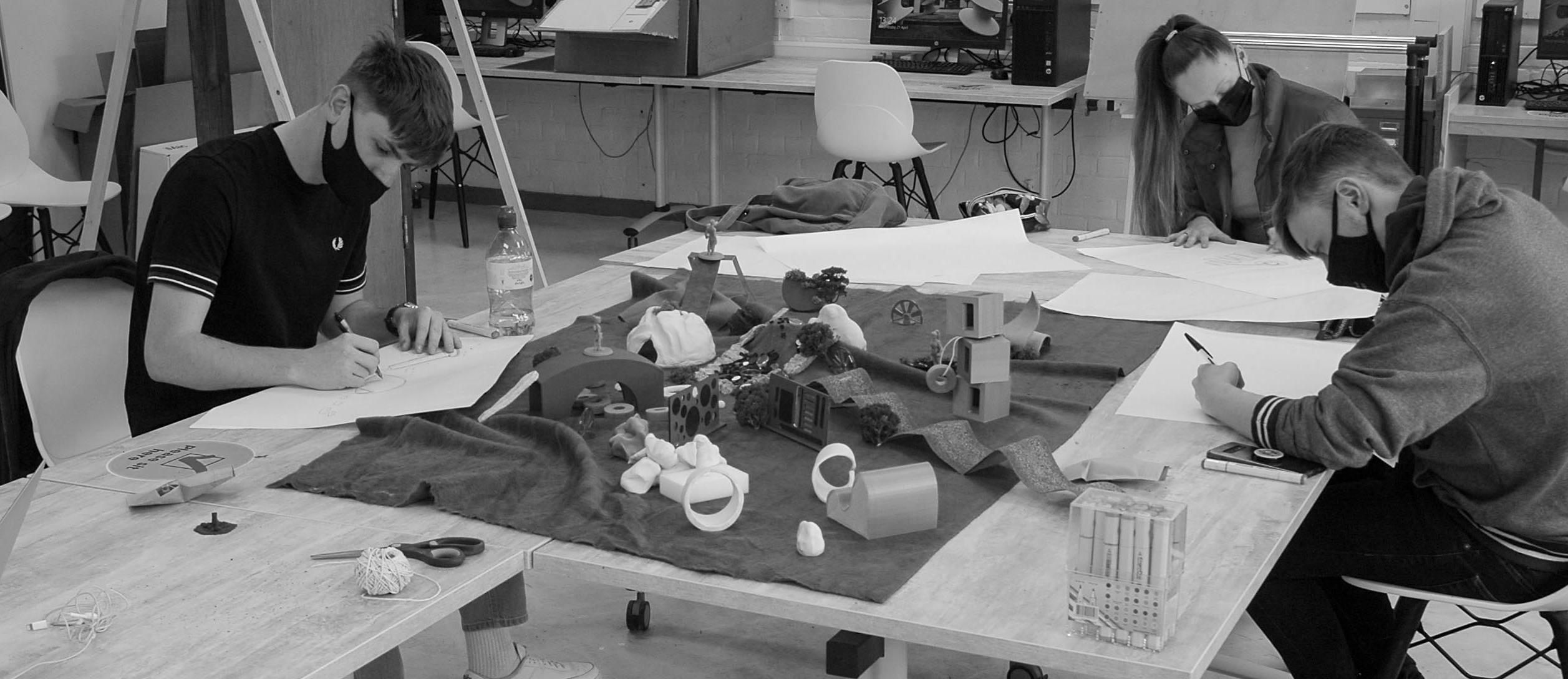
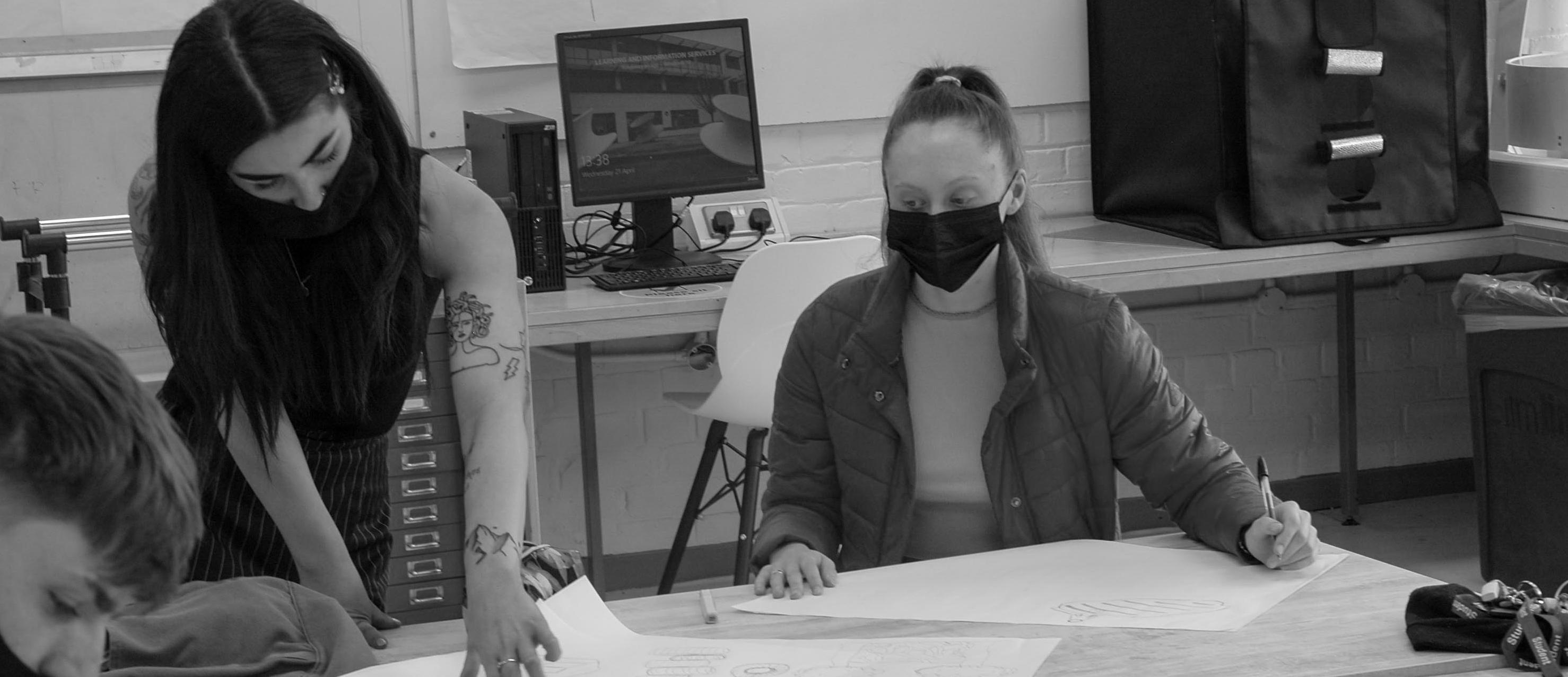
Final Statement
The 5 characteristics of playfulness highlighted the need for safe risk in play, it’s essential for teaching children to deal with risk and failure in the future.
However, initial research suggested that this need was neglected in outdoor play spaces and therefore children engaged in higher risk activities instead to satisfy their curiosity.
Using in-depth primary research to understand how to create an environment that incorporated and encouraged risk play, it was essential to consider parental and guardian concerns when moving away from the current standard of urbanised play areas.
This project led to the development of an inspiration box to guide designers into better conceptual spaces for children, the objects within the set are created in response to findings and aim to direct designers to think about the activities that children participate in rather than the equipment itself. With a focus on creating spaces that respect the surrounding nature, less structured and regimented equipment with a range of materials and surface textures and reconsidering parent and guardian placement.
The success of this project is highlighted in the conversation and ideas it generates, showing its effectiveness in guiding designers to a deeper understanding of the subject matter through using visual and practical learning.
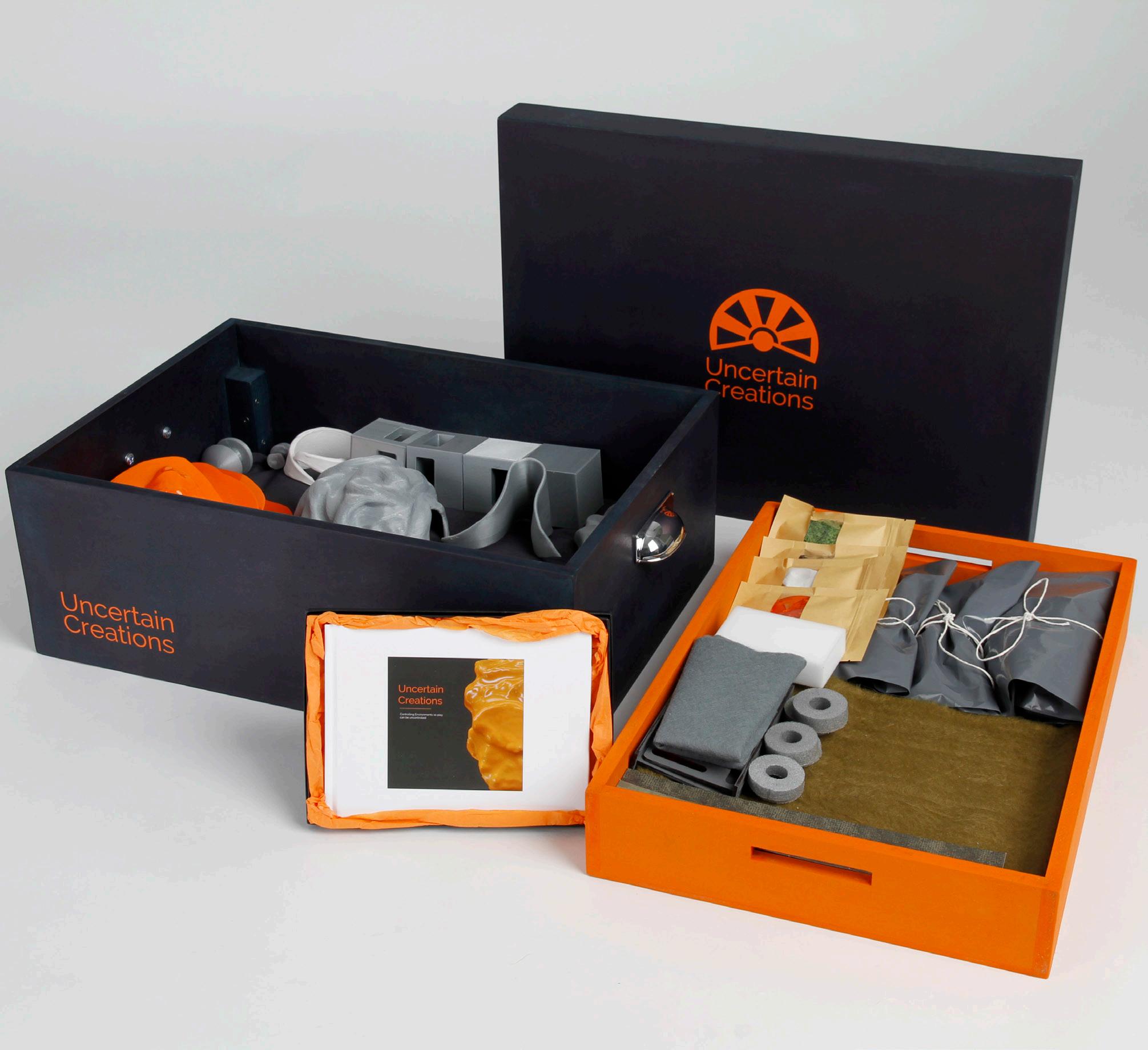
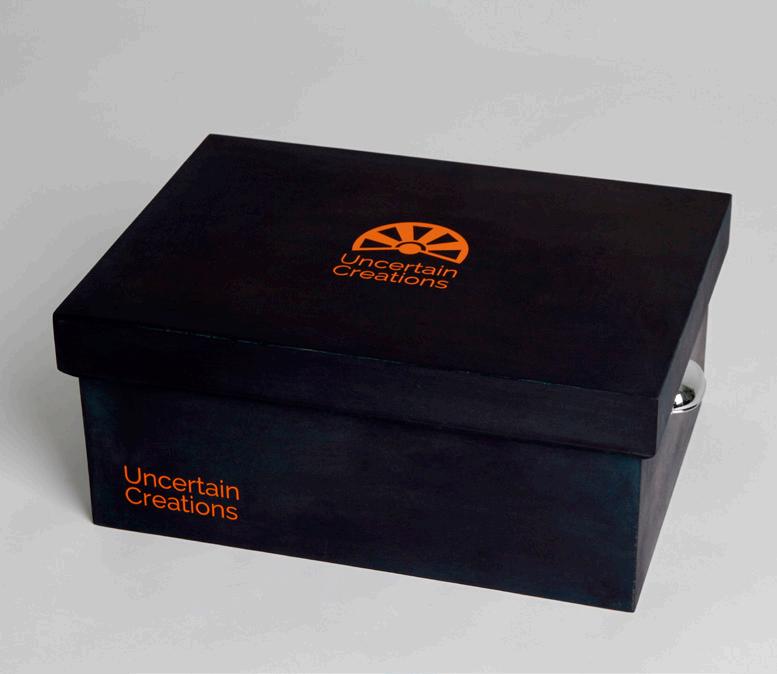
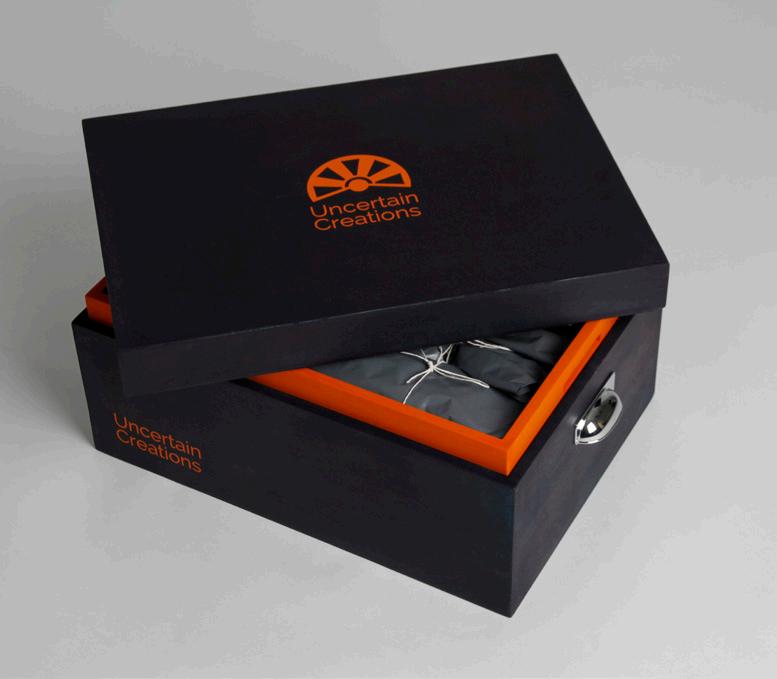
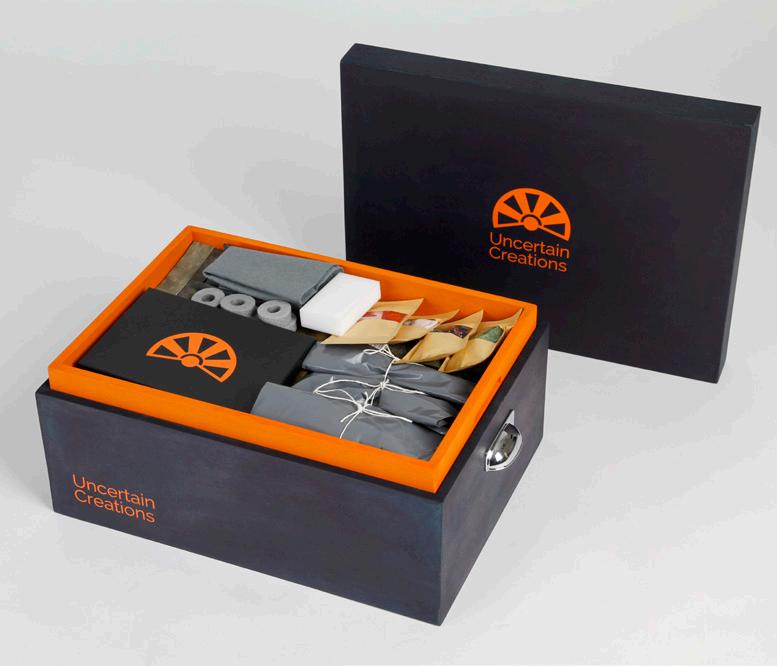
Art Therapy (2019) ‘Color Meanings and symbolism’ retrieved from http://www.arttherapyblog.com/online/color-meaningssymbolism/#.X_uXPS2cagQ
Bettelheim, B. (1987, March) ‘The importance of play’ retrieved from https://www.theatlantic.com/magazine/archive/1987/03/theimportance-of-play/305129/
Darian-Smith,K & Sleight, S. (2016) ‘Histories of play, International Frost,J. (2009) ‘ A History of Children’s Play and Play Environments’ Retrieved from https://www.taylorfrancis.com/books/history-childrenplay-play-environments-joe-frost/10.4324/9780203868652
Gray,P. (2013) ‘Definitions of play’ Scholarpedia, 8(7):30578 retrieved from http://www.scholarpedia.org/article/Definitions_of_Play
HAGS (2020) ‘Playground safety standards EN 1176 updates’ retrieved from https://hags.co.uk/en-gb/playground-planning-advice/ playground-safety-standards
Journal of Play’, 5:3, 227-229, DOI: 10.1080/21594937.2016.1242551 retrieved from https://doi.org/10.1080/21594937.2016.1242551
Larson,H. (2013) ‘The Five Characteristics of Play—And of Montessori Work’ retrieved from https://www.mariamontessori.com/2013/09/26/ the-five-characteristics-of-play-and-of-montessori-work/ Ludicology (2020) ‘Thinking about play’ retrieved from https://ludicology. com/store-room/thinking-about-play-2/ Ministry of Defence (1995) ‘Children’s play areas design guide’ retrieved from http://btckstorage.blob.core.windows.net/site7934/ Playground%20docs/MOD%20guide.pdf
O’Shea, K. (2013, August) ‘How we came to play: the history of playgrounds’ retrieved from https://savingplaces.org/stories/how-wecame-to-play-the-history-of-playgrounds/#.YBco9dP7Q6g
Playful Childhoods (2020) ‘why play matters’ retrieved from https://www. playfulchildhoods.wales/pages/category/why-play-matters
ROSPA (2019) ‘Legal aspects of safety on children’s play areas’ retrieved from https://www.rospa.com/play-safety/advice/legal-aspects
Rymanowicz,K. (2015) ‘The power of play – Part 4: Characteristics of play’ retrieved from https://www.canr.msu.edu/news/the_power_of_play_ part_4_characteristics_of_play
Spiegal,B., Gill,T., Ball,D. (2013) ‘Managing Risk in Play Provision: Implementation Guide’ retrieved from http://www.playengland.net/wpcontent/uploads/2015/09/managing-risk-in-play-provision.pdf
The LEGO Foundation (2020) ‘Characteristics of playful experiences’ retrieved from https://www.legofoundation.com/en/why-play/ characteristics-of-playful-experiences/
Wright, A. (2008) ‘Psychological properties of colours’ retrieved from http://www.colour-affects.co.uk/psychological-properties-of-colours

Authored and illustrated by Rose J Meredith 2021
